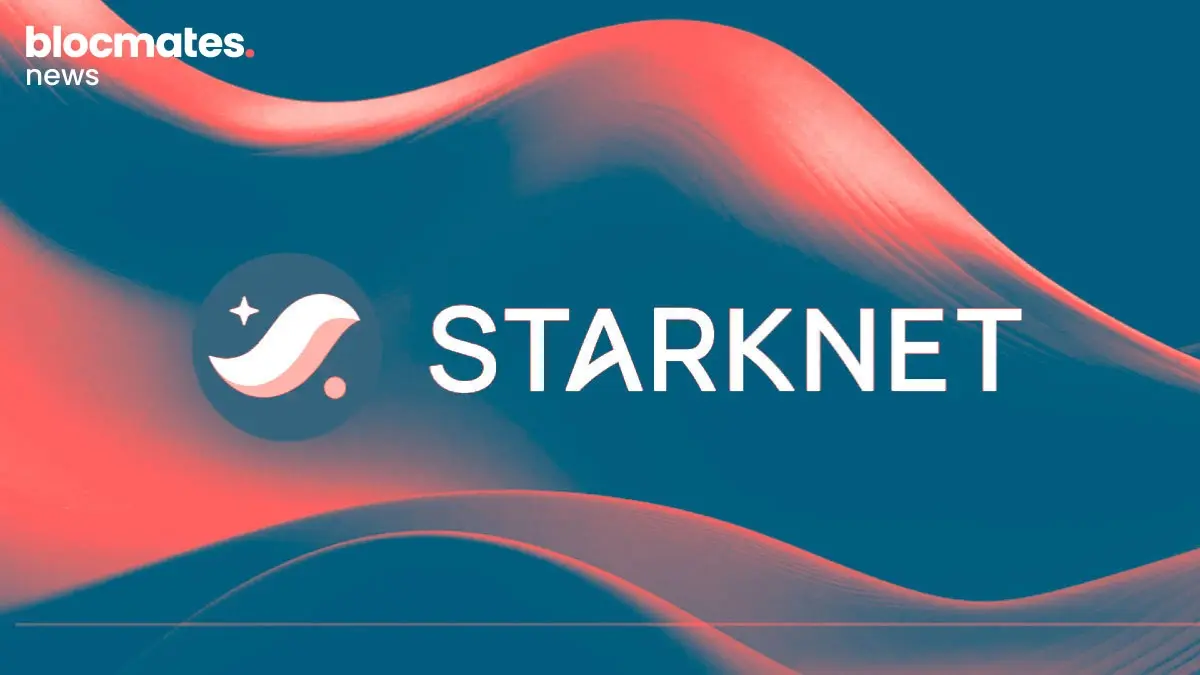When bear markets rear their ugly heads, there’s one hero that swoops in to save the day – liquid staking derivatives (LSD)! Leading the charge is none other than Lido, reigning supreme with a colossal $12 billion fully diluted market cap and a whopping 73% market share. But hold on tight, because RocketPool, their direct competitor, is no slouch either, boasting an impressive $753 million fully diluted market cap.
Brace yourself for the mind-blowing fact that over 250,000 holders of LSD from the top 5 liquid staking protocols on Ethereum alone are riding this wave, and the market? It’s growing faster than ever before, expanding right before our eyes!

This exponential growth of the LSD market has led to the emergence of several LSDfi projects that leverage the staked-ETH token to enable users to participate in a variety of DeFi applications. Currently, the LSDfi market (which is effectively the world of DeFi applications that utilize LSD as the base asset) stands at a total value locked (TVL) of approximately $66M. While this is merely a blip compared to other DeFi counterparts like AMMs and lending/borrowing markets (which currently have TVL in billions), the market has a lot of potential for growth considering it’s a very fundamental and pertinent innovation that offers market-independent and stable returns.
In this piece, we will look at some of the smallcap LSDfi projects, what they are offering, and the kind of potential they have for future growth.
Gravita
Gravita is an innovative LSDfi project that offers users the ability to borrow interest-free loans by utilizing their LSD tokens. The protocol offers loans in GRAI. The protocol takes inspiration from Liquity’s economic model.
The protocol implements a multi-collateral design, which functions like this.

What it does
Gravita enables the borrowing of $GRAI, a stable asset with a hard floor and a capped ceiling against any of the supported LSD deposits. At the moment, multiple assets are supported by the protocol. The protocol is non-custodial, programmatic, and transparent.
In addition to borrowing $GRAI, users can also deposit tokens to the Stability Pool, which offers the LPs a share of the liquidated collateral at a discount.
What is $GRAI?
The token, $GRAI is an over-collateralized debt token that gets issued by the protocol when users deposit their collateral. The token has a price ceiling of $1.10 and a hard floor of $0.97. To maintain the peg, borrowers are incentivized to borrow more $GRAI (if the peg breaks the price ceiling) and sell it on the open market to make profits. On the other hand, you can only swap 1 $GRAI for $0.97 when you wish to redeem your borrowed $GRAI and close your borrowed position.
To understand how Gravita works, let’s go over its core concepts.
Vessels and Collateral
A Vessel is defined as the point where users deposit their collateral and borrow GRAI. Each Ethereum address can only have one corresponding Vessel i.e., it can only withdraw one loan from the same address. These Vessels are similar to Vaults and/or the CDP mechanism employed by several lending/borrowing protocols.
The LTV of the Vessels change according to the amount of collateral that has been deposited as debt as well as the amount of GRAI that has been minted against it i.e., it changes subject to the deposits that have been made.
Users here are expected to maintain higher collateral ratios but a lower LTV ratio, which renders stability to their borrowed positions and reduces the risk of them getting liquidated.
This is the maximum amount of loans that users can borrow against the type of collateral they provide.

Redemptions and Liquidations
Users can choose to reduce the liquidation probability of their borrowed position by redeeming some of their GRAI with the originally deposited collateral. However, if they are unable to do so and the position goes beyond the maximum LTV required, then their position is liquidated. Redemptions also have a 3% fee that goes to the borrower against whom the collateral is being redeemed. Note, however, that peer-to-peer redemptions are not possible initially.
Also note that if your position does get liquidated, then you do not need to pay back the GRAI that you have borrowed. This is not the case for bLUSD, however, where Vessels cannot be liquidated or redeemed.
The protocol has a Stability Pool which absorbs the debt in the Vessel – in case of a liquidation.
Liquidators for Gravita protocol receive 0.5% of the Vessel’s collateral as a reward for liquidating bad debt.
Stability Pool – the engine of Gravita protocol
Stability Pool is responsible for managing bad debt in the system and keeps $GRAI’s peg stable. It achieves that by burning the same amount of GRAI as is liquidated in a Vessel to cover the debt. In return, then, it receives the collateral from the Vessel.
The GRAI that the Stability Pool burns is the one that is provided to it by what are known as Stability Providers. During liquidations, they lose a share of the SP deposits, but they do gain a share of the liquidated collateral.
Liquidity providers are incentivized to provide GRAI to the Stability Pool by shares of liquidated collateral from Vessels as well as – potential – GRVT tokens in the future. The LPs here are effectively getting collateral at a discount to the market rate. This is because the profits from liquidation are inversely correlated to the Maximum LTV of the collateral type that is being liquidated.
The only risk that Stability Pool providers have is losing their funds in the event of a price crash or an oracle failure.
Why Gravita
Gravita allows users to deposit lower collateral to borrow loans – against most other protocols. This is much more capital efficient than borrowing against over-collateralized deposits. Moreover, one of the most pertinent features is the ability for users to use their interest-bearing assets to generate much higher returns.
Gravita offers zero-interest loans where users just need to pay up an upfront fee of
0.5% – and this too only for positions that are longer than six months. If the user successfully pays the debt before six months, then they are refunded this fee – on a pro-rata basis. This is unlike most existing protocols that have a non-fixed borrowing APR subject to lending/borrowing demand, which is further affected by the prevailing market conditions.
The protocol has been audited by Dedaub and Omniscia. They also ran an audit competition in April 2023, which had prize money of 105K USDC. Currently, the protocol accepts $WETH, $rETH, $wstETH, and $bLUSD as collateral.
In just a few days of launching, the protocol has managed to amass over $14M in TVL!
Onto the next one.
Asymmetry
Asymmetry zooms in on the LSDfi market right where it needs the most attention at the moment – stake centralization. The protocol offers avenues to help distribute and diversify stake across multiple protocols through indexed products, which are composed of different weights/proportions of LSD tokens. Currently, the protocol supports stETH, rETH, frxETH, sETH2, and ankrETH. The weight of any LSD protocol in the index is capped by this equation:
n=3/2n
where n is the number of LSD protocols. Thus, for 5 LSD protocols the limit for each is capped at 30%.
The protocol adopts a market and investor-centric approach that offers competitive returns to users, thereby attracting more users and driving growth towards the protocol as well as helping decentralize the underlying network.
What is safETH?
safETH (pronounced safe-eth) stands for Simple Asymmetry Finance Ethereum. It is an index token that supports a diversified weighting of different LSD protocols. It is being marketed towards institutions as a “less centralized” index token that helps diversify liquid-staked ETH across a variety of different protocols.
When users deposit their ETH to Asymmetry, the protocol then splits it across multiple LSD protocols – to help diversify users’ stake across multiple protocols. They also optimize the best price for the underlying LSD protocols by looking for LSDs on the market for discounts.
Generating Yields for safETH
The protocol accrues yields for safETH from the underlying LSDs and it targets a yield of 4.6%. However, the protocol also provides a boost to the safETH yield, by 1.1%, taking it to 5.7% APY.

safETH makeup, deposits, and withdrawals
The safETH index token is currently composed of wstETH, rETH, and sfrxETH and there is an equal weighting among all these derivatives. The protocol also aims to incorporate ankrETH and sETH2 (or osETH) in the future. Currently, the protocol requires a minimum deposit of 0.05 ETH for the token. It also has an upper ceiling of 200 ETH.
When a user wants to redeem their safETH for ETH, they need to do it directly on Asymmetry’s dApp. The protocol then optimizes the redemption process to maximise the profits for the user. The protocol looks for the most efficient method to redeem the LSD tokens. For instance, if a particular token has a higher demand and/or is trading at a premium, then it will sell for a favourable price on the open market.
Fees
In Phase 1 of its launch, the protocol doesn’t charge fees or generate any revenue from safETH. However, they plan to distribute the entirety of the protocol’s revenue to veASF holders.
Governance
The protocol is governed by the Asymmetry DAO, and the ASF token is at the heart of the protocol’s critical governance decisions. ASF holders can participate in voting for proposals on the platform.
Users can also lock their ASF tokens to generate veASF tokens. The biggest incentive for locking the ASF token is that it provides locked ve holders the ability to partake in 100% profits from the protocol revenue. Governance token holders will also have a say on the weighting of the protocols included in the index token.
Why Asymmetry
The protocol acquires the LSDs for its index via direct integrations with the protocols. The protocol aims to integrate with several LSD products. Its future DAO will be responsible for expanding the index and including more protocols. The protocol offers to pay 100% of its generated revenue back to its users.
The protocol has gone through two audits, the reports of which can be found here. Both these audits were conducted as competitions on code4rena.
Asymmetry Finance is a relatively new LSDfi project that has its objectives aligned well with decentralizing Ethereum. The project has gained relative importance over the past few weeks with its release of the whitepaper and its plans to offer the entirety of protocol revenue back to the community. While the community for the protocol is a tad small – to say the least – it has certainly generated interest with over $430K in TVL – at the time of writing this article.
At the same time, we are still uncertain of the overall architecture of safETH, given they have not shared explicit details in their whitepaper. Moreover, the lack of a professional audit doesn’t instill too much confidence.
unshETH
unshETH is yet another gem in the LSDfi ecosystem that aims to decentralize Ethereum liquid staking by incentivizing competition amongst the protocols and promoting validator decentralization. It is a “diversified liquid staked ETH” basket that earns ETH staking yield as well as swap fees – all in one token, unshETH. The protocol currently supports wstETH, cbETH, rETH, and sfrxETH.
Users deposit one of the supported LSD-ETH tokens into the protocol to mint unshETH, which is exactly 1:1 with the underlying LSD i.e., 1 unshETH = 1 LSD. The underlying basket of LSDs (when unshETH is minted) then constitute unshETH’s APY.
The unshETH token also accrues yields from swap fees and redemption fees; this, thus, boosts the overall yield that unshETH holders get by simply holding the token. Moreover, users can also stake their unshETH to earn even higher yields. If they provide liquidity to one of the unshETH base pools, then they earn the staking yields from unshETH plus the yields from the liquidity pool itself. In the case of Pancakeswap, they will also earn CAKE farm APR.
Since the token has configurable weights for each of the LSD it supports, hedging against slashing risks and bank-run risks on any of the constituent LSD protocols.
Governance
The protocol’s native governance token, USH is used in critical governance decisions of the protocol. The key parameters that you can help decide in this case are:
deciding which LSDs to include in the index, the target as well as the maximum weights for each
deciding to direct USH incentives and partnerships deciding fee parameters
Governance decisions also include those around onboarding new LSDs and setting the various weights. The protocol conducts co-marketing and governance bootstrapping for a period before onboarding new LSDs.
Users can stake their USH tokens to get vdUSH, which stands for validator decentralization USH. vdUSH holders can get boosted rewards from some of the liquidity mining farms. Users can get vdUSH by locking their USH/ETH Sushiswap LP, USH/unshETH 80/20 BPT, or USH itself. The lock time varies from a month to a year.
Users stand to benefit most from minting vdUSH with USH/unshETH 80/20 BPT (or Sushi USH/ETH LP on ETH or Pancake USH/BNB LP) and locking it for 1 year. There is a linear decay of voting power from the day the tokens are locked. Users get a 2.5x Boost Multiplier on USH/unshETH 80/20 BPT and a 3.5x for USH/ETH Sushi LP. Also, note, that vdUSH is also Omnichain i.e., users do not need to bridge the token back to Ethereum to participate in governance.
vdAMM
vdAMM stands for Validator Decentralization Automated Market Maker and enables the trading of various LSDs in their markets. vdAMM is a novel protocol that helps users withdraw their LSD-ETH back into native ETH – this was earlier done by the creation of liquidity pools on DEXes like Curve and Balancer, which themselves needed to be heavily incentivized to gain sufficient liquidity in the first place. For example, 50% of the staking yield accrued in the LSD-ETH pools is taken as protocol fees. unshETH reports that even Lido has spent over $45M+ to simply incentivize their biggest stETH/ETH pool. Since staked ETH withdrawals are already live (thanks to the Shapella upgrade), the utilization ratio for most of these liquidity pools is going to take a hit.
This is where vdAMM comes in.
The AMM concentrates all LSD/LSD and LSD/ETH liquidity such that users are able to swap between various LSDs as well as between various LSDs and ETH easily. Because of this concentrated liquidity, there is effectively zero slippage during the trading of these LSDs. Thus, with vdAMM a user can easily swap between, as an example, 1 stETH and 1 rETH.
The AMM also implements capped weights for the trading of LSDs, ensuring to create isolated risk baskets. It charges a dynamic fee that changes according to the weighting of the LSDs in the unshETH basket i.e., if trading these LSDs helps rebalance the weights then it is 0. This incentivizes a plethora of users to trade their LSDs without worrying about paying a trading fee (depends on the weightage of the index, of course)!
At launch, the protocol has offered to accrue the entirety of the swap fees for these LSDs back to unshETH holders.
Fees
The protocol does levy a 0.2% fee for instant redemptions of LSDs; this is in addition to the dynamic fee that it charges (as discussed above).
Why unshETH
unshETH is an omnichain token that can be freely transferred between these chains.
Moreover, users can also mint unshETH on various other networks (BNB, Arbitrum, Optimism, and even zkSync) thanks to their integration with LayerZero.
Users who hold vdUSH also partake in the governance token rewards from partner protocols without requiring them to take any additional actions. The protocol also plans to have a boosted APR (done via the “vdMining” farm) for all unshETH stakers subject to their vdUSH holdings. Thus, users with higher vdUSH balances get higher rewards – rightfully so, since they are the longest participants in the protocol.
The protocol has been creating several different options for new LSD projects to be onboarded to the ecosystem. One of the most interesting ones is their Validator Dominance Options (VDOs), which help in the creation of yield for non-dominant LSD holders. It happens by dominant LSD holders writing options on their individual validator dominance.
They also offer a novel token distribution mechanism that incentivizes users to stake their LSDs in a manner that helps establish the optimal weight for decentralization of ETH LSDs on unshETH.
The protocol offers a novel UI and an intuitive overall UX that facilitates the diversification of ETH LSDs. Moreover, the entire protocol has been structured in a way to incentivize staked ETH diversification. Something that resonated with the core ethos of his industry. unshETH also happens to be one of the biggest protocols (by TVL, at least) in the LSDfi ecosystem. Given their huge community and overall commitment to Ethereum’s stake diversification, we are quite bullish on the protocol.
Flashstake
Amongst all the LSDfi projects, Flashstake is perhaps one of the most innovative and interesting ones. If a protocol offers instant – and upfront yield – on your staked ETH, wouldn’t you think that’s an otherworldly phenomenon? They call Flashstake the time travel of money, and rightfully so. While strictly not LSDfi, I have included the protocol in this list because of its technological innovation.
With Flashstake, users stake an amount of their choosing, decide the time for which they wish to stake it, and get instant yield for that duration.

To do this, the protocol locks the principal for the duration that users select and offer them the returns they would make through the year on the day of staking itself. Naturally, they have 100% claim on the principal they deposit and can get it back after the set duration. The protocol has three main components:
Flashstake Protocol (FSP): it facilitates the creation of Time Vault Strategies (TVS)
Time Vault Strategies (TVS): this is the contract where people can enter and exit their TBDs
Time-Based Derivatives (TBDs): these represent the time value of any asset
Let’s understand each.
Flashstake Protocol
The FSP is the main protocol that offers instant and upfront yields to users. The protocol stores data of all Flashstaking activity, deploys TVS, and creates TBDs. Here’s a graphic prepared by the team that explains how it works.

Time Vault Strategies
The TVS is what enables people to buy and sell TBDs. It is an important element of the FSP because it helps make crucial decisions for creating TVS for various tokens such as the name of the vault, the tokens that can be staked, the source of the yield, and so on. The FSP allows anyone to create their own TVS on the protocol. Here are some examples of TVS’ created by the most well-known DeFi founders. Here is a list of all Time Vaults Strategies that the protocol employs.
Time-Based Derivatives
The concept of TBDs pertains to the monetary worth over time for digital assets.
Whenever a user stakes into a TVS, new Time-Based Tokens are minted. Each
TVS has a unique TBD. These are ERC-20 tokens that are created by the Flashstake
Protocol, and they represent the Yield Pool (which is explained below). If someone has 100% of the TBDs for a TVS, then they can mint 100% of the yield in the TVS by burning the entirety of their TBDs. All of this happens in a single transaction.
How Flashtake offers instant yields
The protocol employs multiple iterations of “Pools” to offer instant yields to users. These are Yield Pools, Liquidity Pools, and Boost Pools.
The Yield Pool collects all the yield that is being generated from the source of the yield (such as a protocol). Then TBDs are burned to get the yield out of these pools. The amount of yield that users withdraw from this pool is proportional to the amount of TBDs that they hold. For instance, if you hold 10% of the TBDs from the said vault, you can withdraw 10% of the yield from the pool.
The Liquidity Pool is sold the TBD tokens when users mint TBDs from Flashstake. In this pool, LPs provide the upfront yield and in return, they earn trading and liquidity mining fees.
The Boost Pool is open for deposits from any user/entity. When anyone does deposit their assets to this pool, the users’ TBD tokens are burned and the associated asset is withdrawn from the pool.
Fees
For TVS, users who do create Strategies are free to set their own fee for anyone using their TVS.
FlashBack
The protocol allows users to stake/deposit their tokens for a set period of time (locking). When they do so, they get a reward in other tokens. Naturally, if they unstake before the staking period ends then they forfeit the rewards they were supposed to get.
Token Utility
The Flashstake protocol has a single token for the major responsibilities that need to be carried out with the help of a base asset, FLASH. The entire process of minting TBDs, paying the Time Fee to the Flash Capacitor, and then removing the fees – is carried ultimately with the FLASH token. The fee in question here is collected in the form of TBDs when a user stakes into the protocol and mints it. This fee gets sent to the Flash Capacitor – and it is owned by FLASH token holders.
The token has a fixed supply of 150M tokens. The protocol has allocated 33.83% of the tokens to the Blockzero ecosystem, and the remainder of the tokens are allocated to the protocol’s Treasury.

Why Flashstake
Perhaps Flashstake is a no-brainer when it comes to the innovation they offer. It is one of the only protocols that offer instant and upfront returns on users’ deposits.
Moreover, any user can create an independent Time Based Vault Strategy and start minting TBDs against it. This unlocks the opportunity for several users to create Vaults according to their needs. The protocol has been audited by PeckShield and Openkertify. The audit reports can be found here.
The Flashstake protocol has been generating a lot of interest from several users in the
LSD ecosystem and it has grown to over $5M in TVL since its inception. It’s incredible how it has managed to amass this TVL without relying on any private and/or public sale and even without having a suite of investors behind them.
Lybra Finance
Perhaps the biggest bone that anti-DeFi threadoors pick with the ecosystem is the stablecoin one; actually, the lack of stability in stablecoins. The entire DeFi ecosystem is well known for its ‘unstablecoins’. Several of them suffer from depegging risks and more, and this hollows the trust people have in it. While the depegging risks are attributable to several reasons, the most common is the collateral backing them.
This becomes a problem especially when a centralized entity issues these stablecoins. To solve these depegging risks is precisely what Lybra Finance is here for. Lybra Finance aims to create a stablecoin that has low barriers to entry, helps in the indirect expansion of the Ethereum ecosystem, and facilitates the participation of all ETH LSD holders.
Lybra Finance allows users to mint a stablecoin, eUSD, utilizing their LSD assets such as stETH. The stablecoin offers stable interest to users, which generates from the underlying LSD tokens.
This interest from liquid staking is converted to eUSD and accrued to users’ wallets when they hold the stablecoin; eUSD is similar to other well-known stablecoins in that it, too, is overcollateralized.
Understanding eUSD
eUSD is a decentralized overcollateralized stablecoin that offers its holders an APY up to 8%. To mint the stablecoin, users need to deposit their ETH directly to the protocol, which then converts it into stETH. The income generated from stETH is further accrued into eUSD and a certain share of that income is also directed towards LBR holders.
Users can mint i.e., borrow eUSD for free because the protocol offers zero-interest loans. As you can imagine, this is very cost-effective for someone who already holds LSD tokens in their portfolio – as they can literally make those holdings a lot more capital efficient at no additional cost.
How does eUSD maintain its peg?
Lybra Protocol employs several mechanisms that ensure that the peg of eUSD is maintained at $1.
Overcollateralization: For every minted eUSD, the protocol requires deposits worth 150% of the borrowed amount. This ensures that the stability of the peg is maintained – especially during instances of slashing of the protocol’s validators.
Liquidation Mechanisms: The protocol has essential liquidation mechanisms in place that ensure that in cases of insolvency and/or bad debt, liquidators can close the borrowed positions and ensure that the protocol remains stable.
Arbitrage opportunities: If the price of eUSD is trading for more than $1, then users can mint more of it by depositing ETH to the protocol and then selling it on the open market for profit. This inflates the supply of eUSD in the market, bringing the peg back to $1. On the other hand, if the price is trading for less than $1, then users can buy the stablecoin from the market and then burn it to get ETH. This decreases the overall supply of eUSD in the market, bringing its price back to $1.
The LBR token
$LBR is the governance token of the protocol and its used by holders to vote on critical decisions of the protocol. It can be earned by participating in the Lybra IDO or providing liquidity to the eUSD/ETH liquidity pool. LBR holders can partake in the revenue that the protocol generates by locking their LBR tokens in the LBR Staking Pool. The amount of rewards they get depends on the amount of LBR they hold in the pool.
The LBR token is an ERC-20 token that has a maximum supply of 100M tokens overall.
Out of this, 5% will be allocated during the IDO of Lybra Protocol.

To participate in Lybra’s governance, users are expected to vote-lock their LBR tokens to generate esLBR. Users can reconvert their esLBR to LBR through a vesting process that takes 30 days to complete.
The esLBR token is used to aid in the governance of the protocol’s parameters.
The entirety of the LSD Distribution Service Fee is accrued to esLBR holders.
Why Lybra
eUSD serves as more than just a traditional stablecoin. Users can utilize their eUSD holdings to provide liquidity to eUSD/ETH liquidity pools and earn significantly higher yields. This is different from traditional stablecoins as they are not interest-bearing in the first place. The protocol has undergone two audits, the first one by Solidity Finance and the second one conducted via a bug bounty.
While the protocol is new to the whole LSDfi ecosystem, it currently commands a reputable market share with over $180.66M in TVL and with over 95K stETH deposited into their contracts – as of writing this piece.
I’m not certain about the protocol’s security audits; usually, a bug bounty program can still leave unidentified risks in the protocol. Moreover, a competitor in hiding for $eUSD is the $crvUSD, which will soon start supporting $stETH as collateral. It will be interesting to see how the dynamic will change once that happens.
Parallax Finance
Parallax Finance is perhaps one of the newest players in the ecosystem. The protocol has a multi-product offering, but for the sake of this piece, we will only focus on their LSDfi offering, Supernova.
Supernova is an LSDfi product that aims to offer diverse revenue sources, auto-compounding, risk diversification, additional yields, and more.
It is an “LSD Meta-Strategy” that allows users to set their allocation for the various available strategies. Users can deposit their assets to the protocol, which are then directed to different protocols to maximize the overall yield that the users get.

Currently, they are building the following strategies:
unshETH with an expected APY between 19% and 30% Instadapp with an expected APY between 7% and 8% PLX with an expected APY between 15% and 20%
Their v2 will take these strategies up a notch by offering them the ability to leverage the deposited LSD tokens via other protocols such as perpetuals. Follow Parallax Finance on Twitter to keep track of the progress they make!
Asymetrix Protocol
The Asymetrix Protocol is a novel solution to the “boring” activity that staking can often be. It is one of the only protocols that brings excitement to the whole process through a system that randomly selects people and rewards them.

The protocol has taken inspiration from a UK-native financial instrument known as
Premium Bonds, which has £100B in assets and is supposedly used by 22M people. Since the protocol adopts the same concept to web3 while incorporating all the necessary web3 elements such as decentralization, non-custody, and community – it makes for a shiny cocktail of a protocol. The protocol aims to offer large “life-changing” rewards to users.
How it works
When users deposit their ETH to the Asymetrix Protocol, it is sent over to a common pool contract. In return for these deposits, the pool mints Pool Share Token (PST) at a 1:1 ratio (can think of them as a derivative of the deposit); it helps track the users’ share of the pool.
Note that the protocol does require a minimum deposit of 0.1 stETH.
The pool, then, starts accruing rewards on the deposited stETH tokens every 24 hours.
The draw for the yields takes place weekly, and the winners are selected based on Chainlink VRF. The exact probability of winning is subject to real-time changes.
The rewards are accrued in the form of PST, and the balance of holdings in the users’ wallets increases.
What are the odds of winning?
The odds of winning are decided by two main factors known as TWAB and PICKS.
- TWAB: It stands for time-weighted average balance and is an indicator of a user’s total yield generated between draws.
- PICKS: It is an indicator of the number of “tickets” a user holds, and each user holds a certain number of PICKS. The total number of PICKS that a user gets is based on another factor, Total Picks, which is calculated by Total TWA/Minimum Deposit.
Once this is complete, the list of the PICKS is hashed and a unique ID is generated. A request is sent over to Chainlink VRF, and then it randomly selects random numbers. These random numbers are then matched with the relevant PICKS LIST to determine a winner.
Governance
Asymetrix Protocol is thoroughly decentralized and is completely owned by the community. Users can participate in governance with the underlying ASX token, which gives them the power to participate in crucial governance decisions. There are several factors of the protocol that can be changed with governance such as:
- number of winners per draw
- distribution of rewards
- treasury management
- amount of yields that go to the treasury or are implemented elsewhere
To participate in governance and vote on decisions, users can access this.
AXS Token
The AXS token is the governance token of the protocol and has a max cap of 100M. Off this, 50% of the tokens are kept aside for token allocations for the community (40M tokens have a 12-month cliff that is followed by linear vesting for 48 months).

Why Asymetrix
The protocol has a pseudo-anonymous team, true to the anonymity-based ethos of Web3.
While some might deem the Asymetrix Protocol a lottery, it isn’t because you still hold access to the tokens you deposit (remember the PST tokens that are minted).
The protocol employs a flywheel effect to accrue higher returns to its AXS token holders. This happens because the protocol offers a large number of rewards to users, which further brings more users to the protocol, which then generates more revenue and so on.

The protocol has been audited by Hacken and the audit report can be found here. While the protocol does not offer any real-world value to the LSDfi ecosystem, it does bring in the occasional fun for users to participate in.
Closing Thoughts
The LSDfi ecosystem clearly has a lot of potential to grow. Most of the protocols discussed above are new and haven’t seen the test of time especially when it comes to their architecture. While stablecoins are the easiest primitive to build on LSDs, there are several other financial products that can be built on top of them. This year will be a most interesting one for LSDfi – unless a new narrative comes along and washes our attention off of this powerful ecosystem.






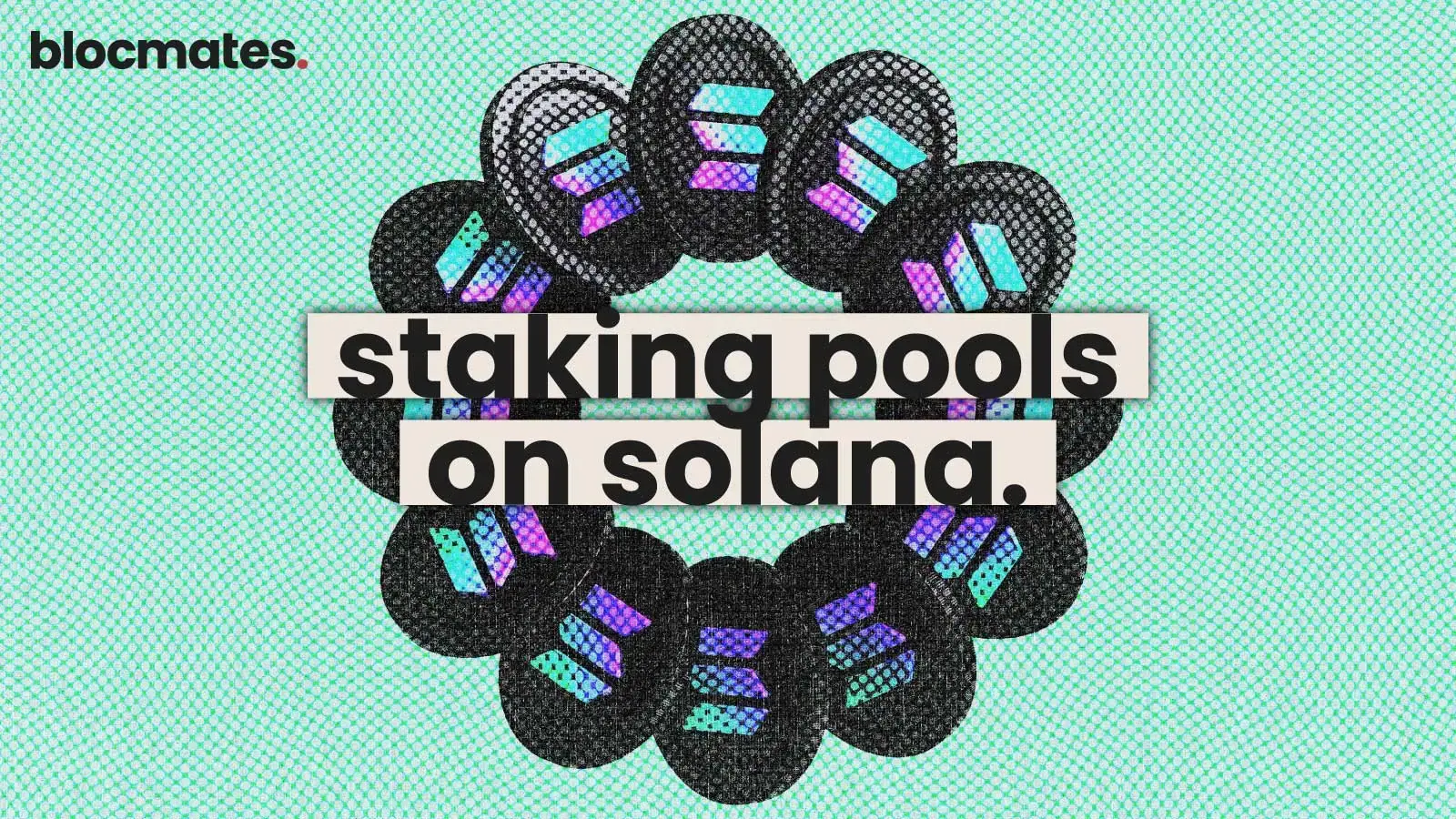





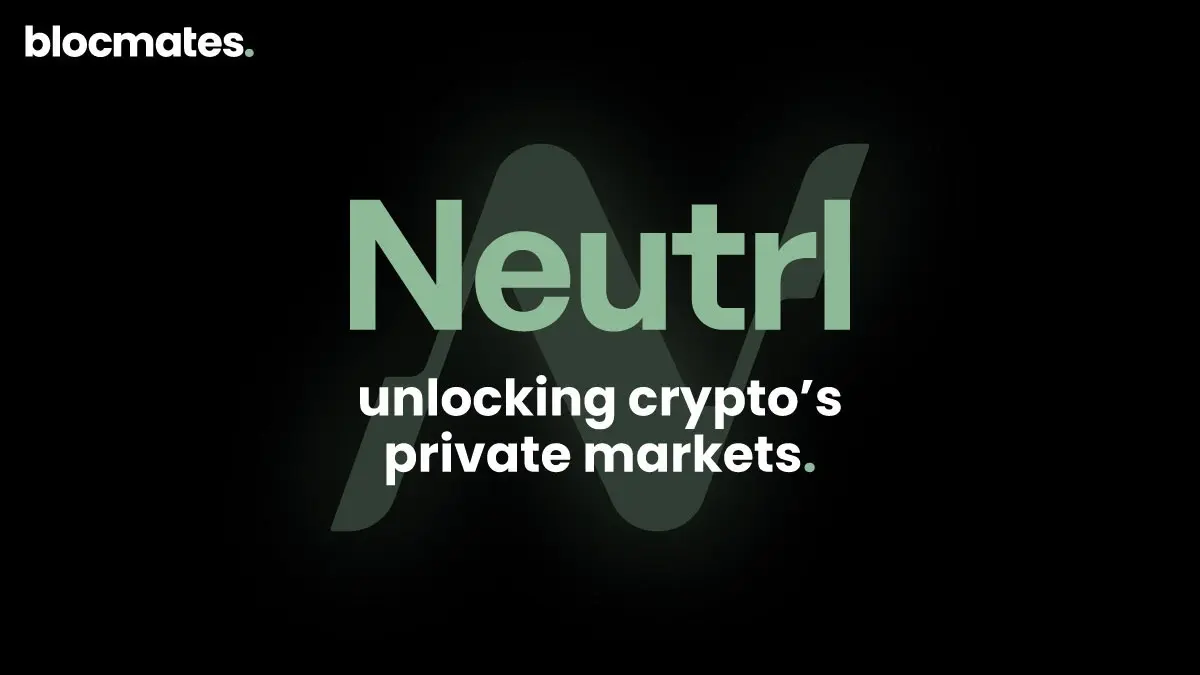


.webp)

.webp)
.webp)

%20(1).webp)
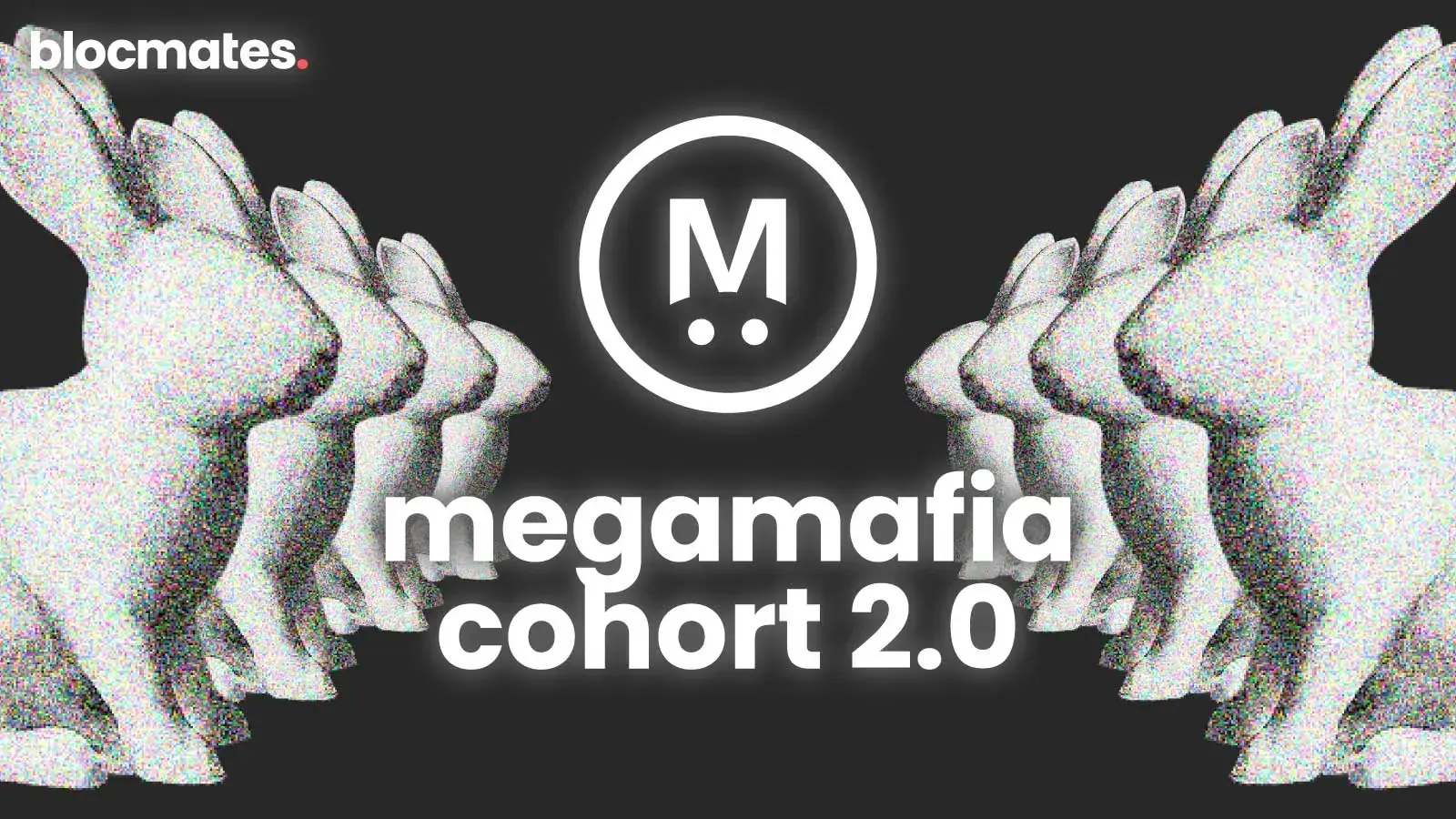
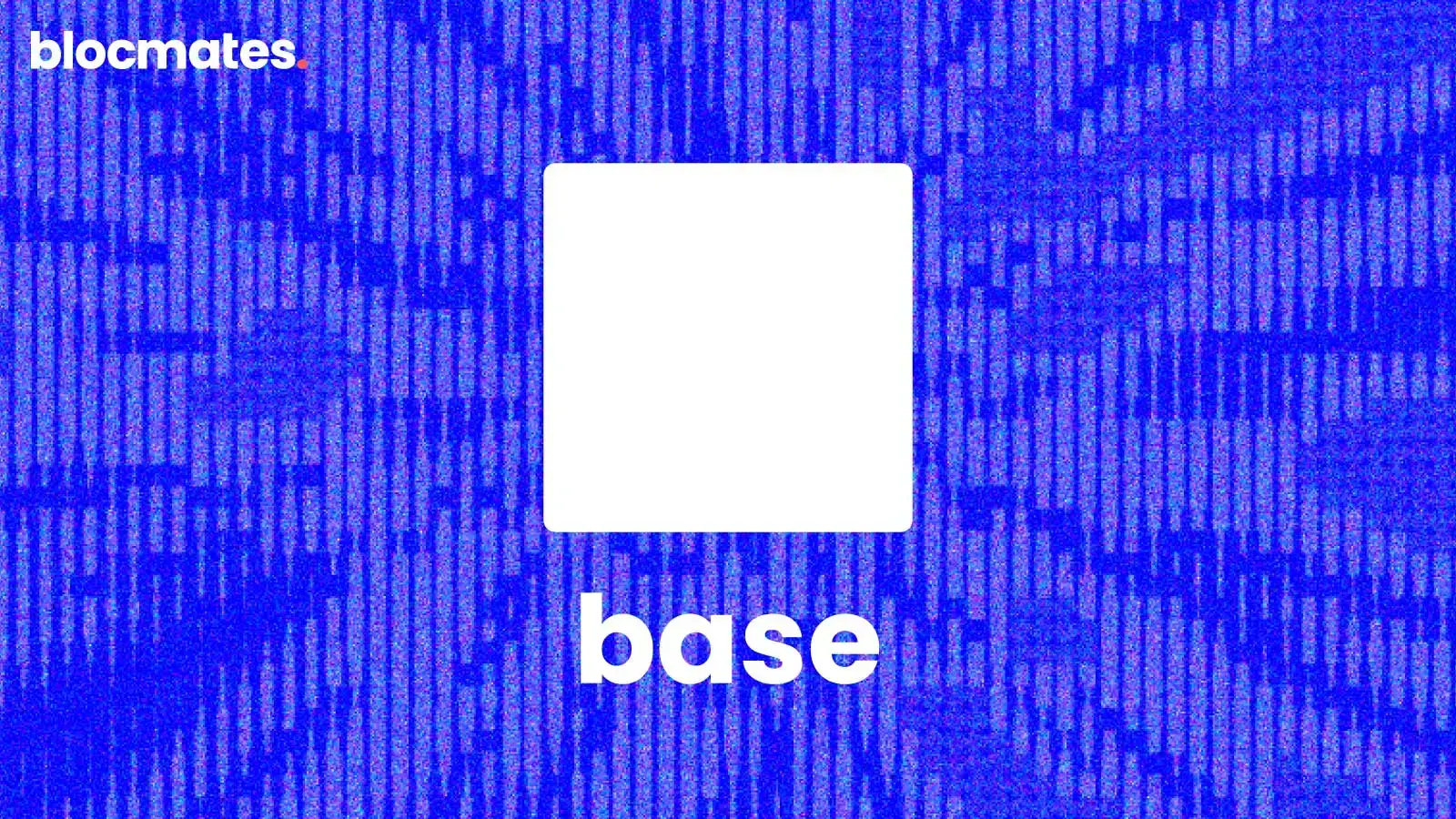
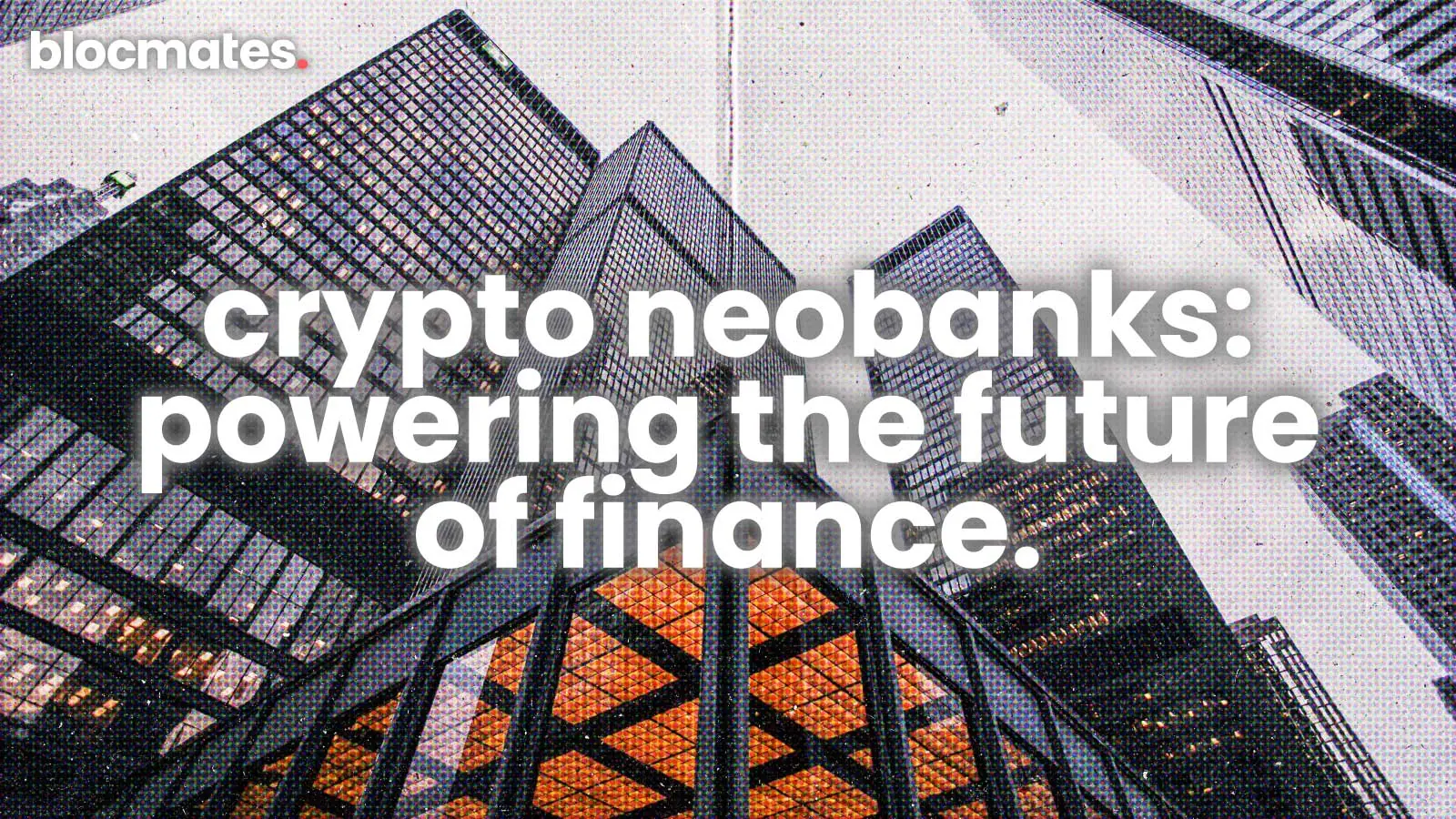


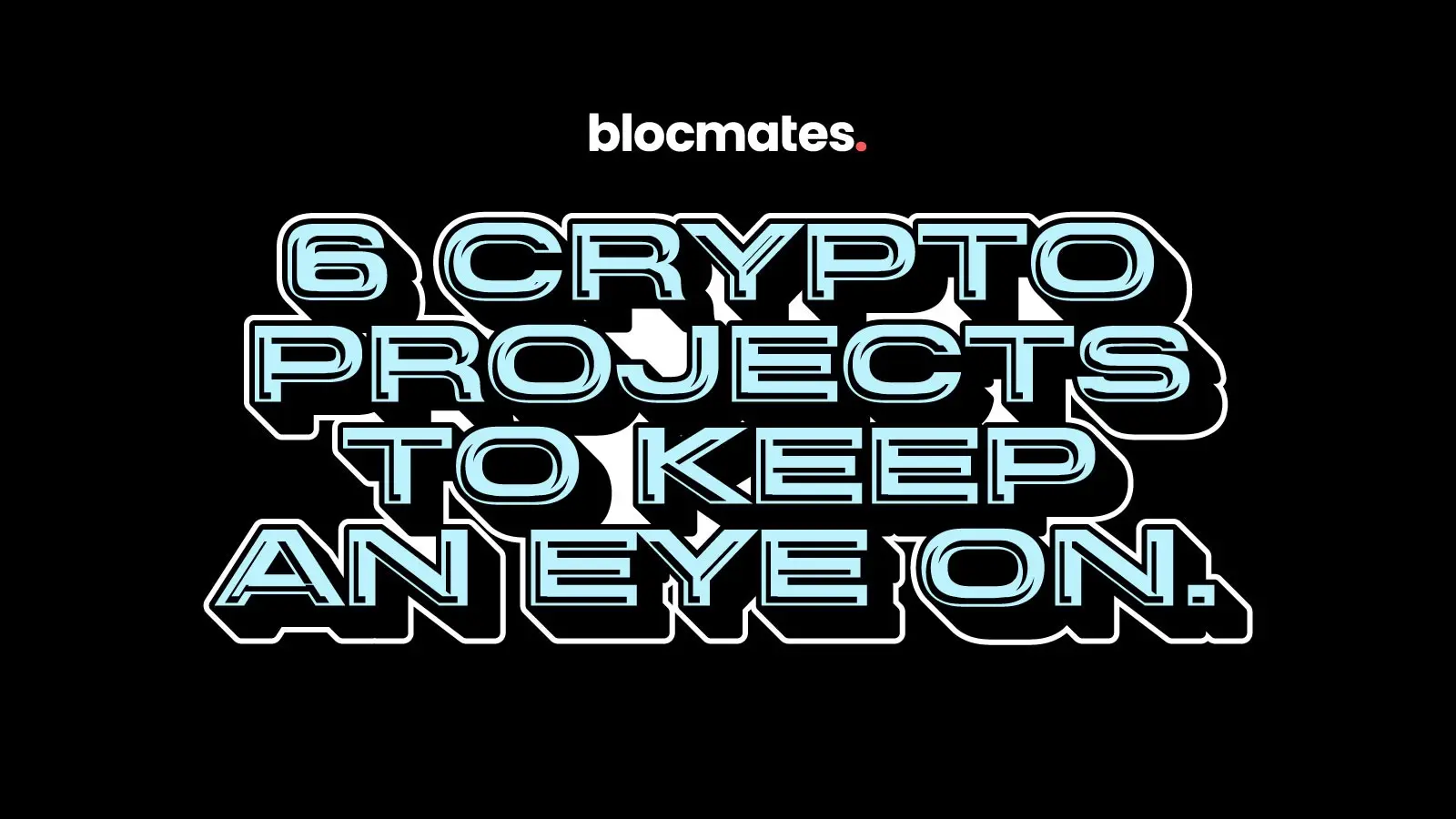
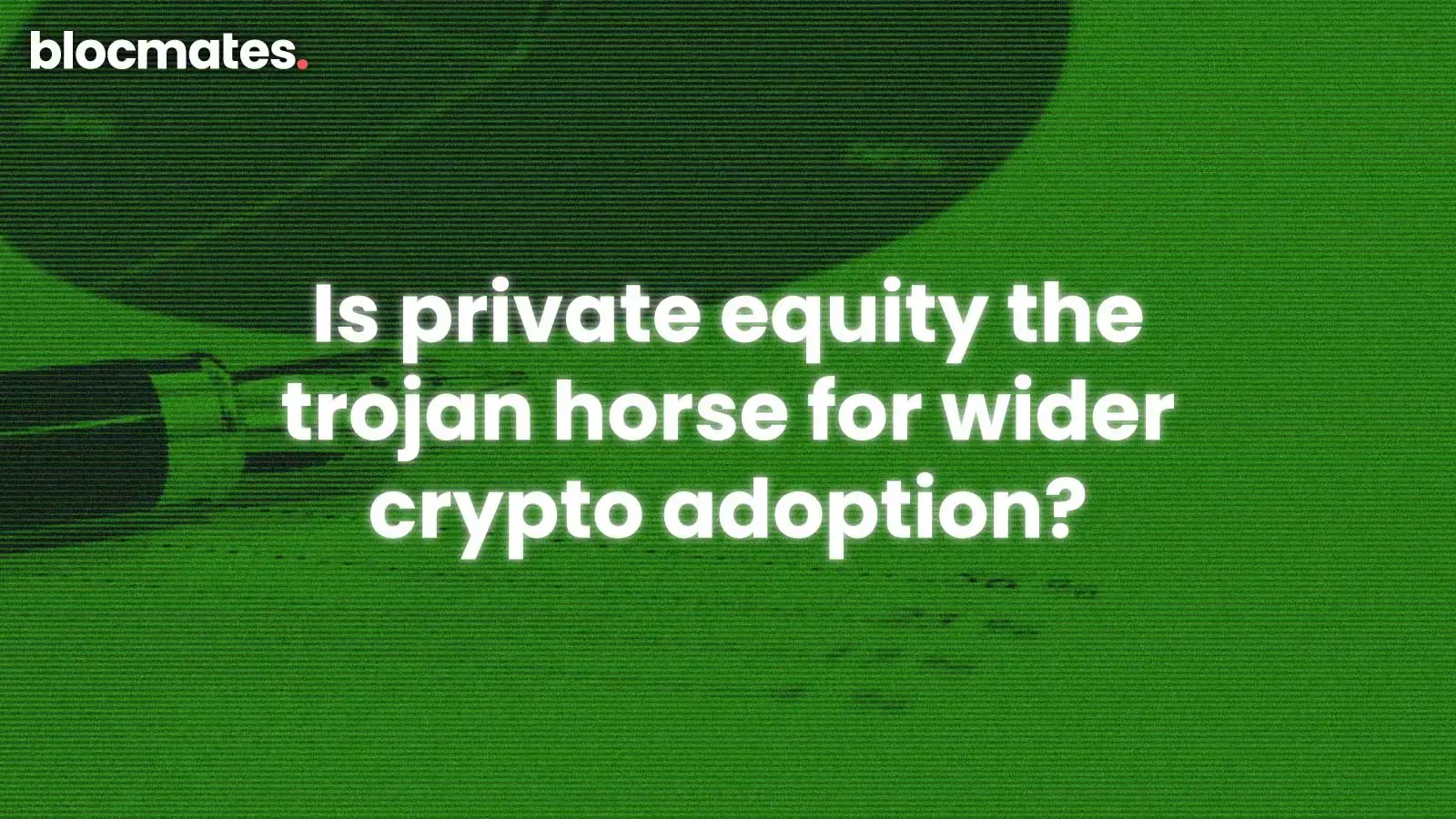
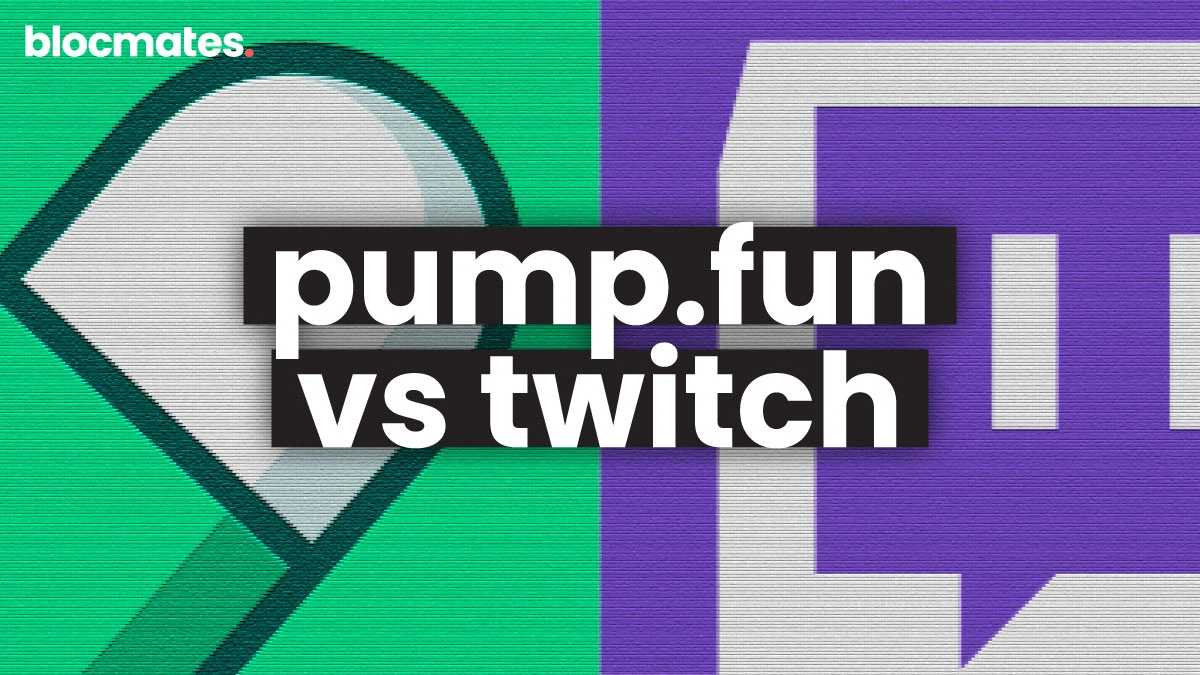

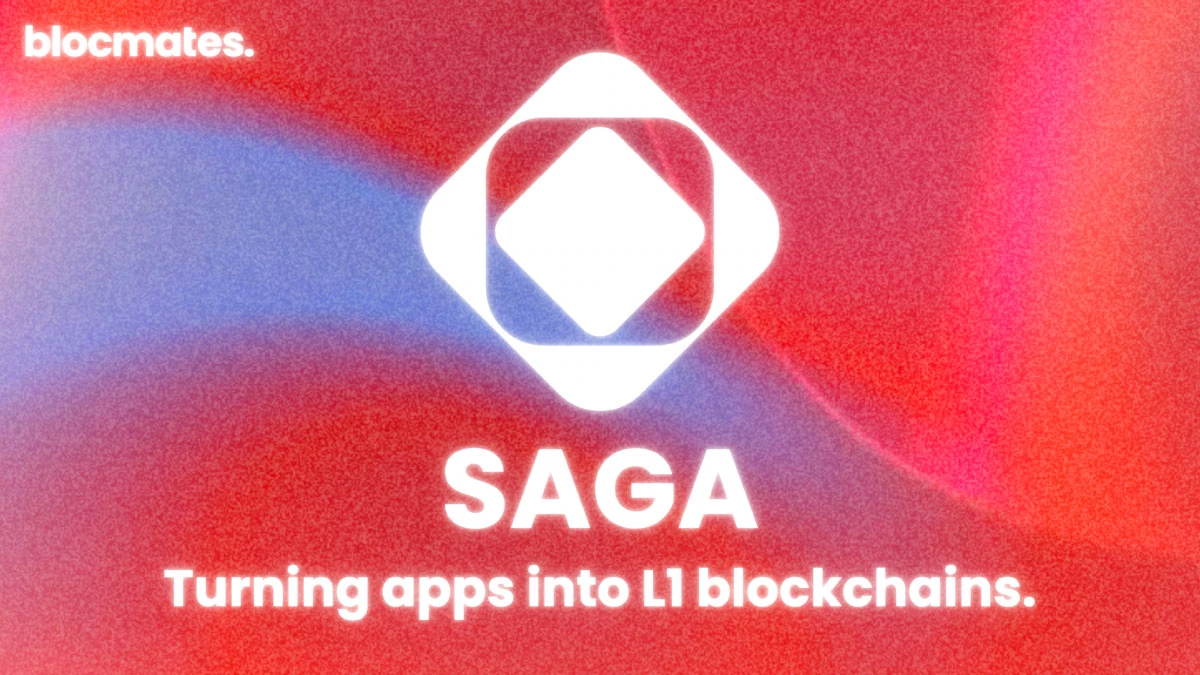


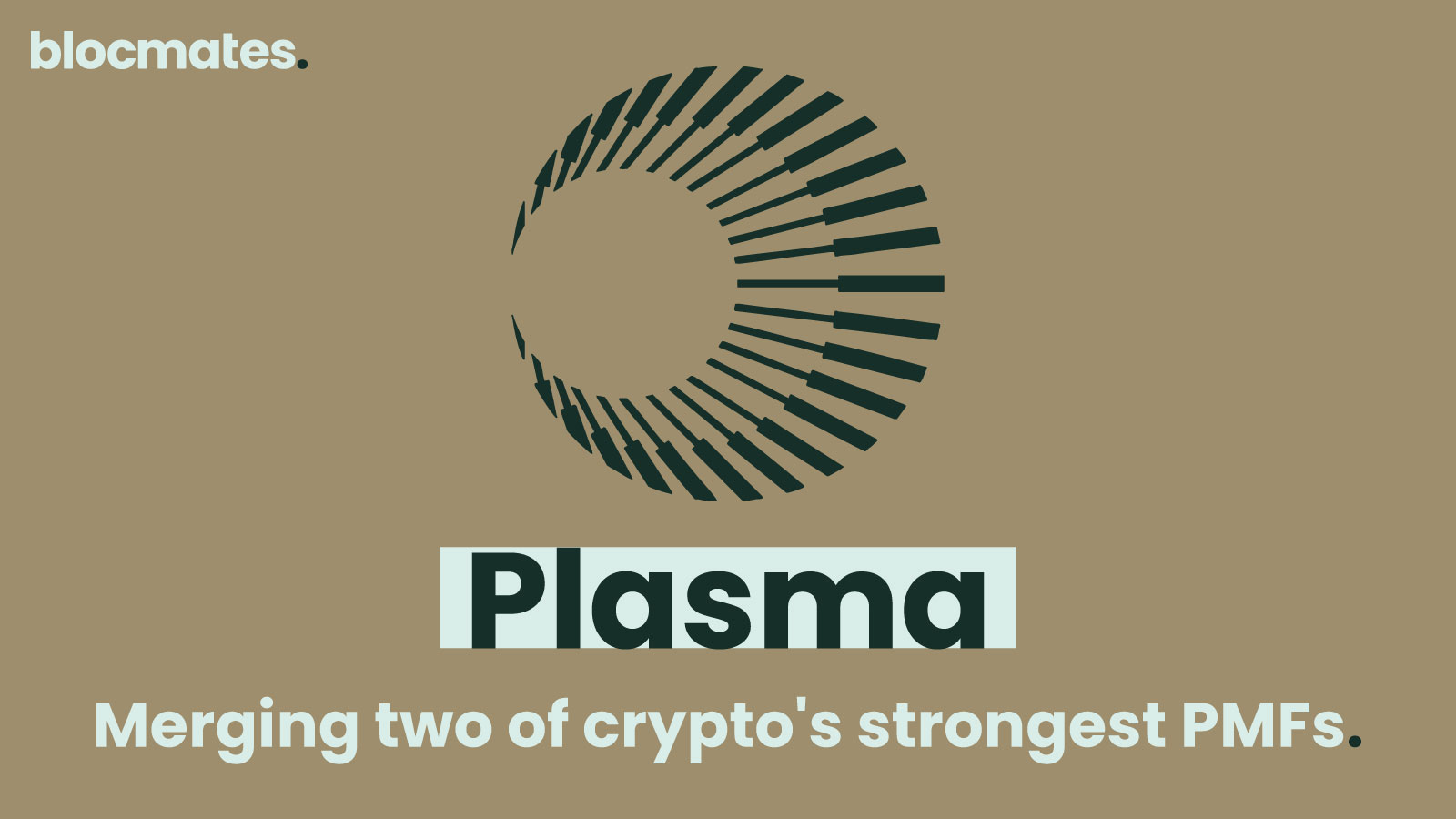

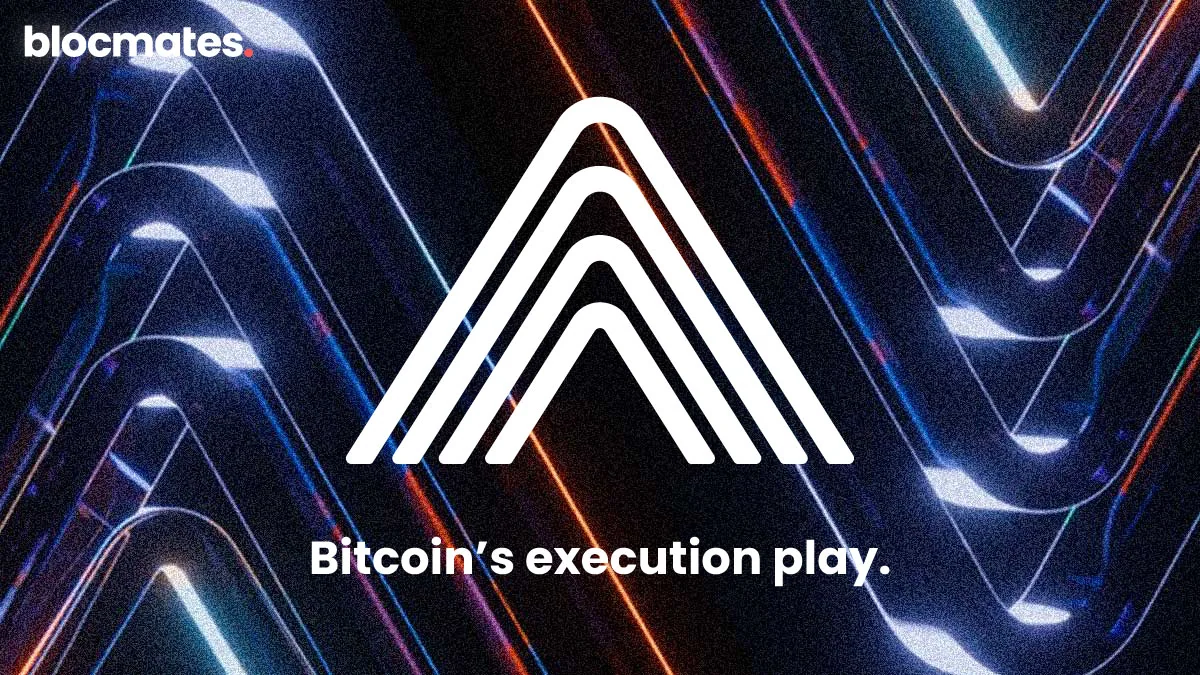

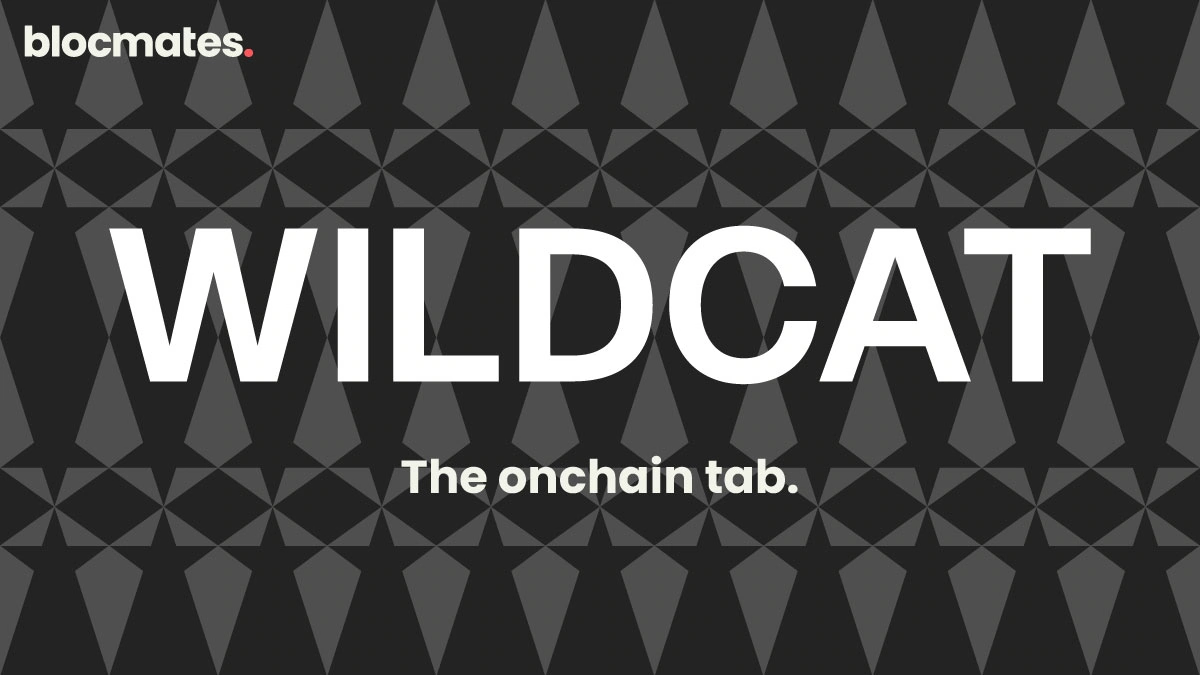
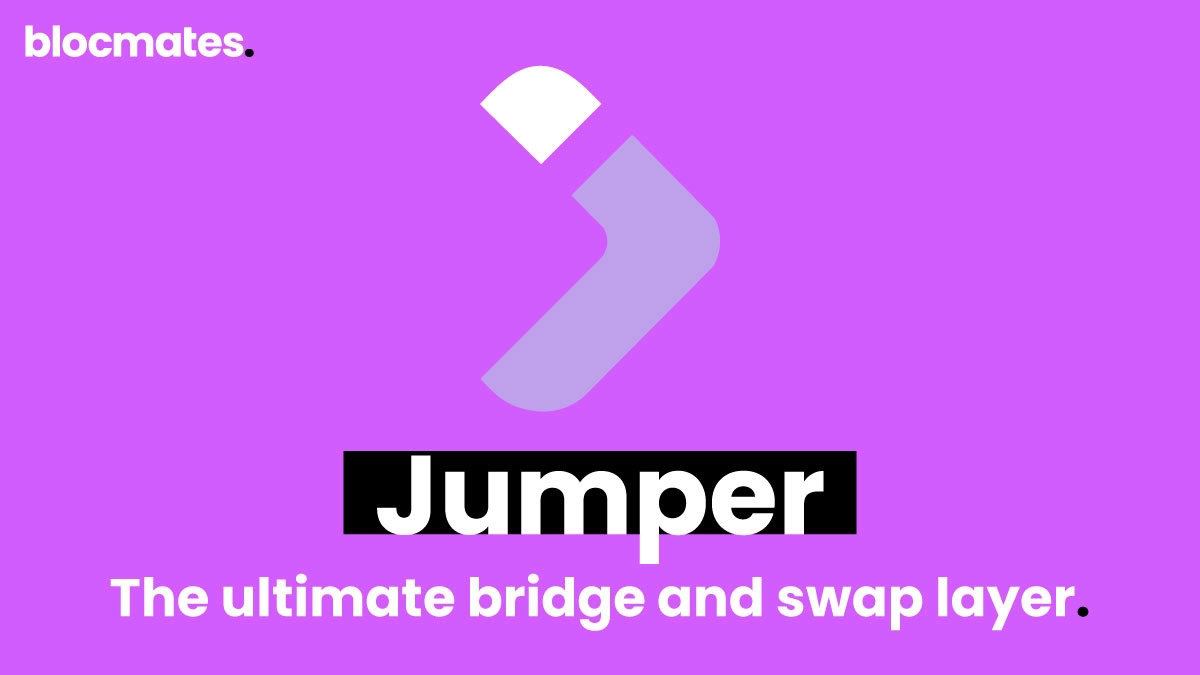
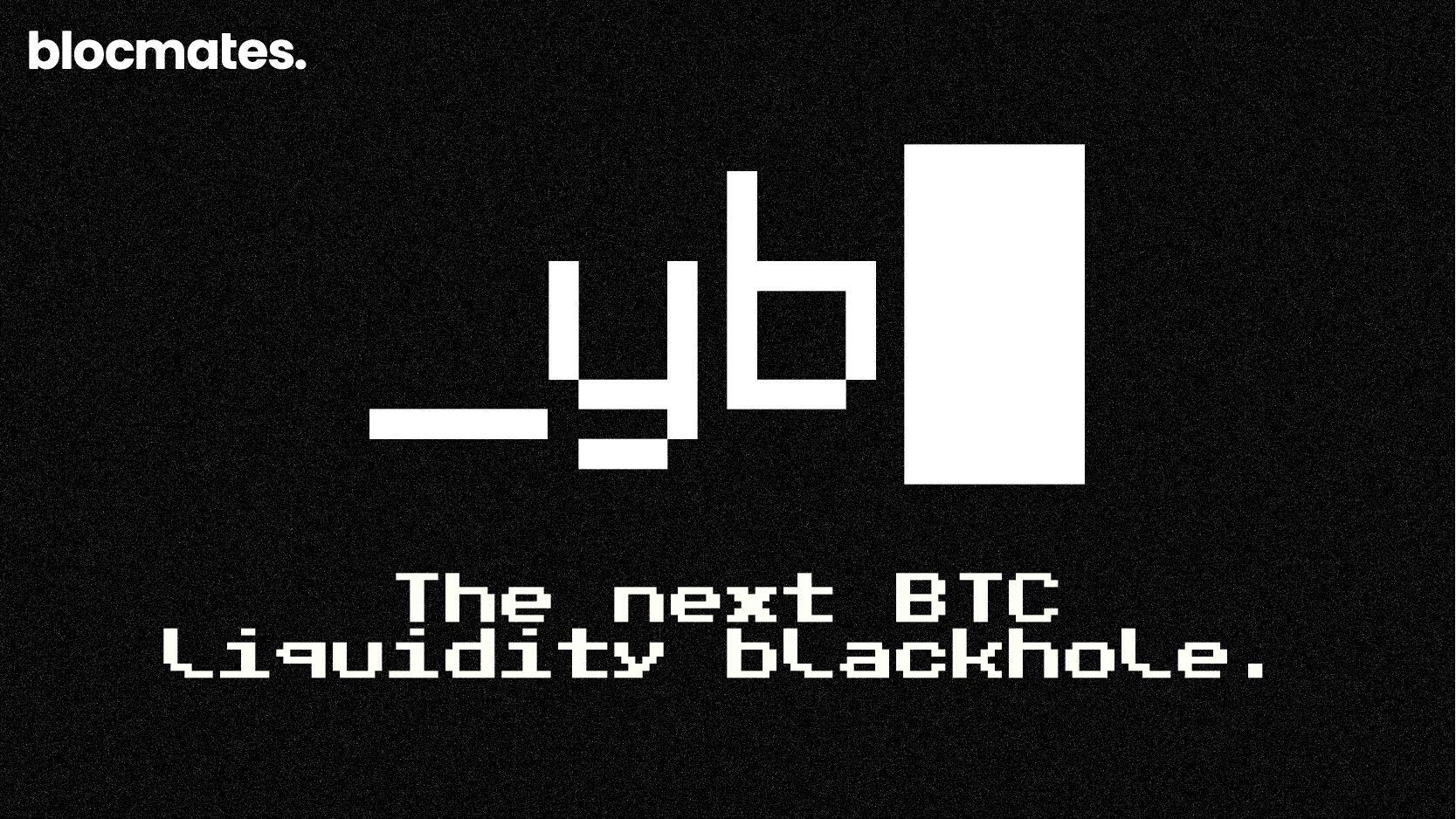
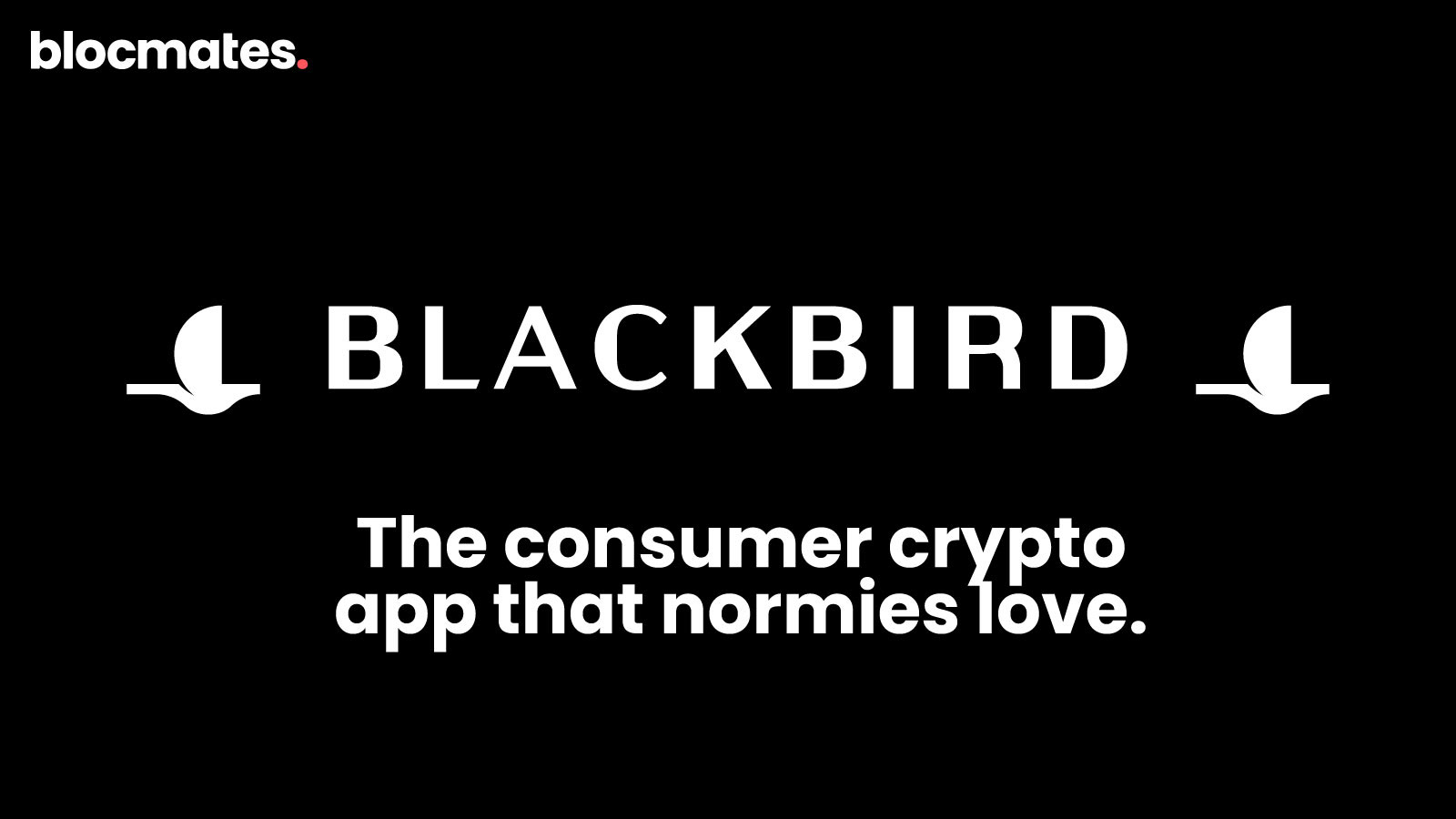
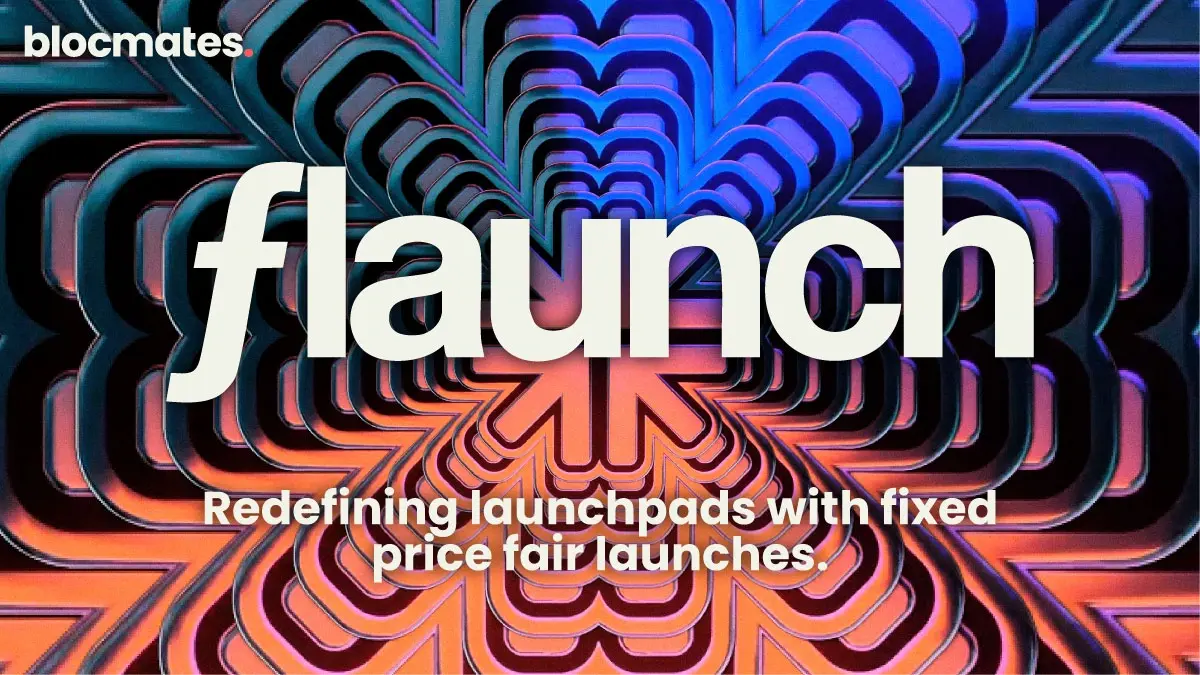

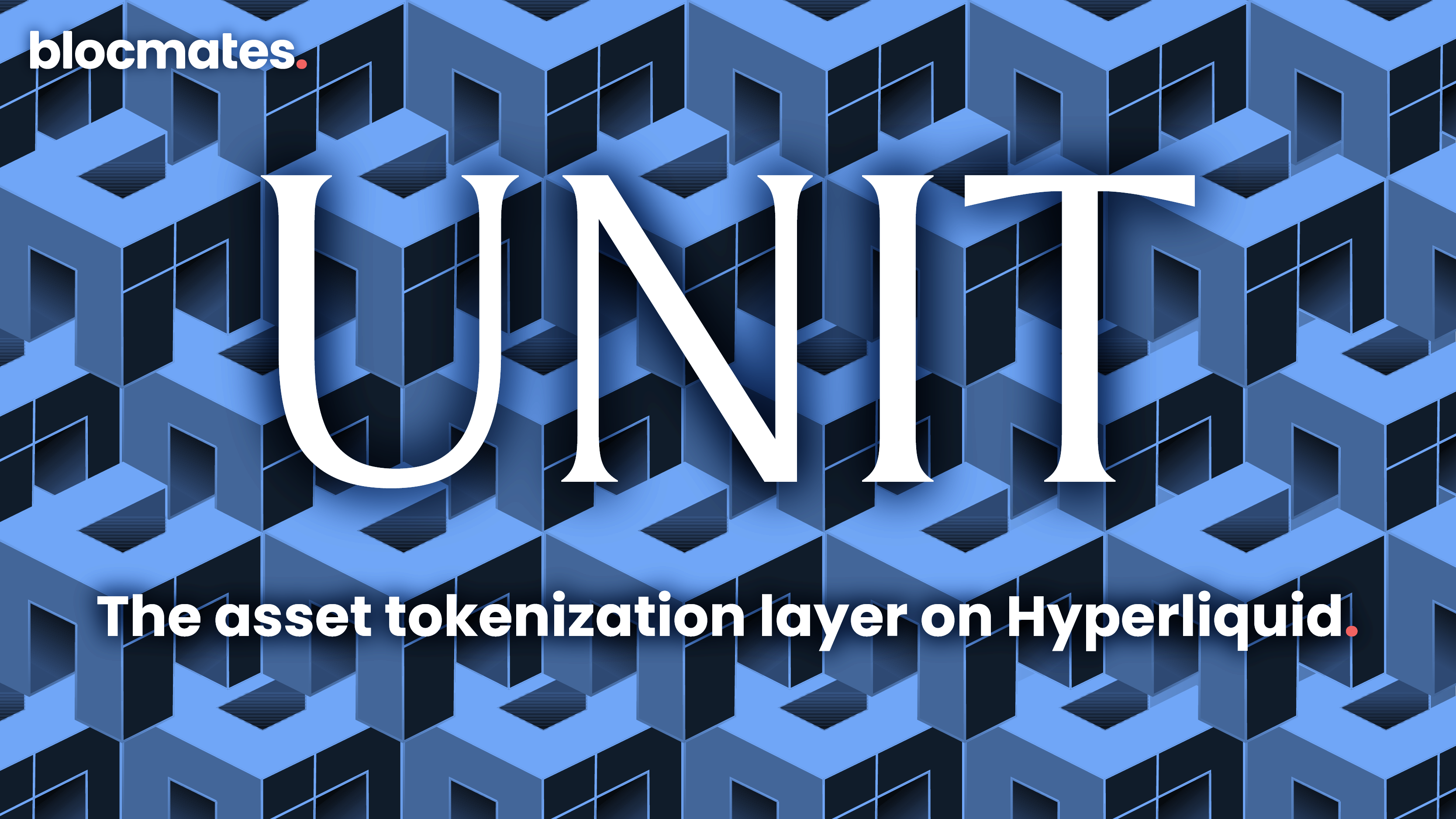



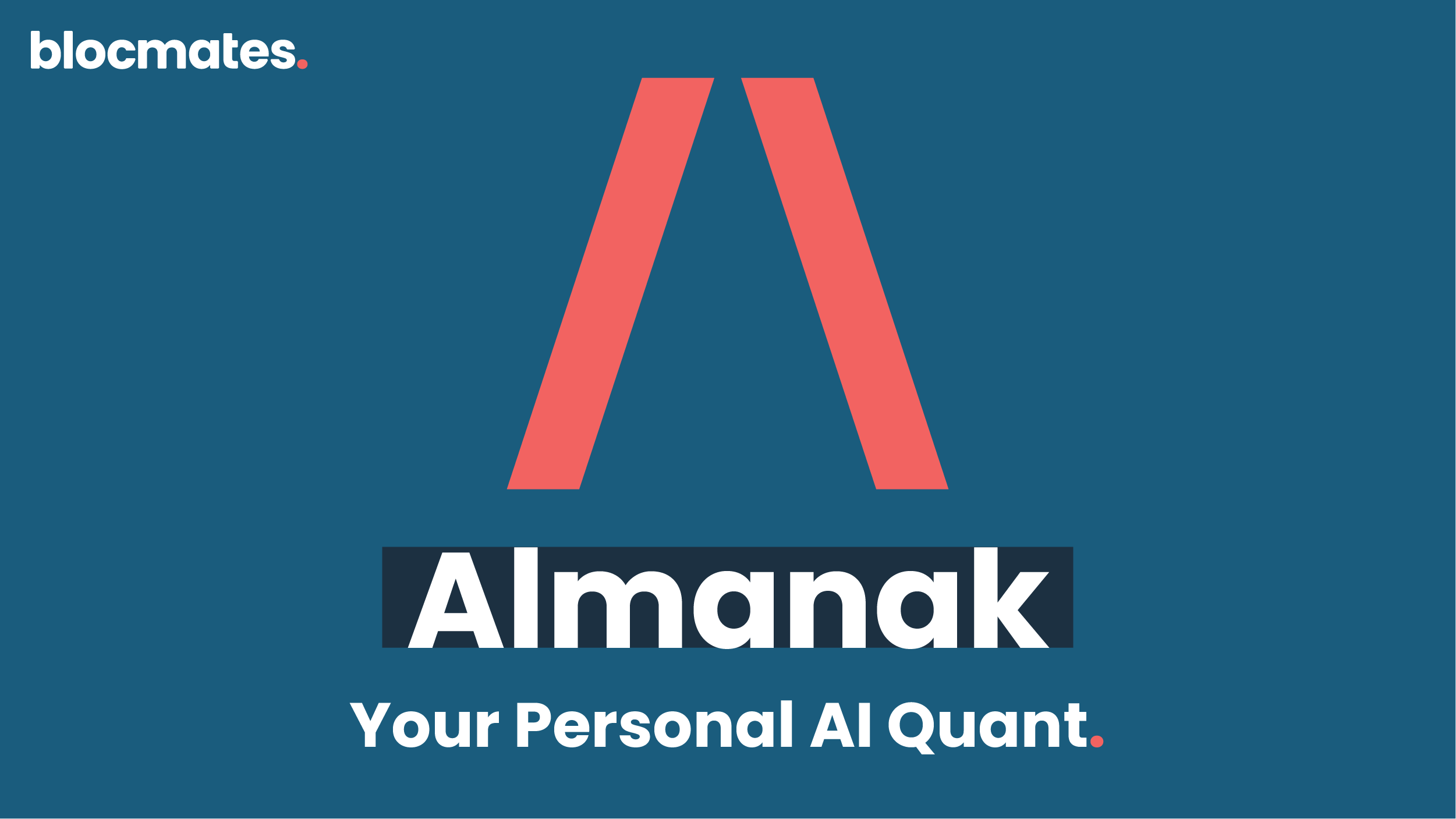
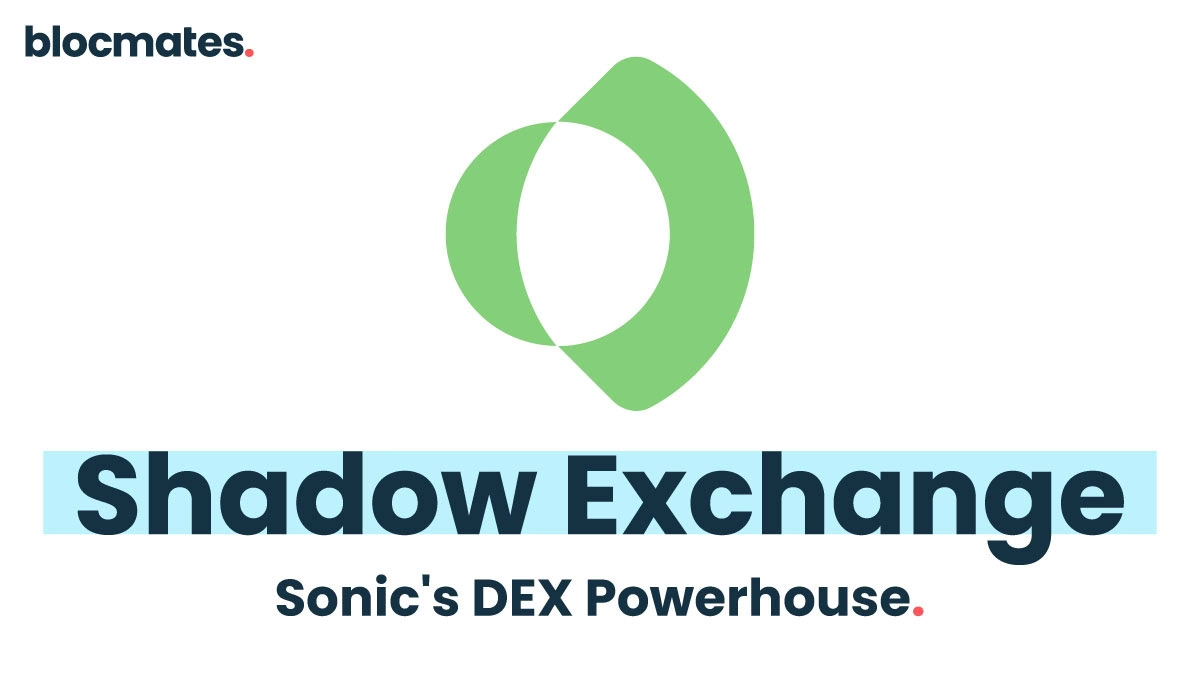


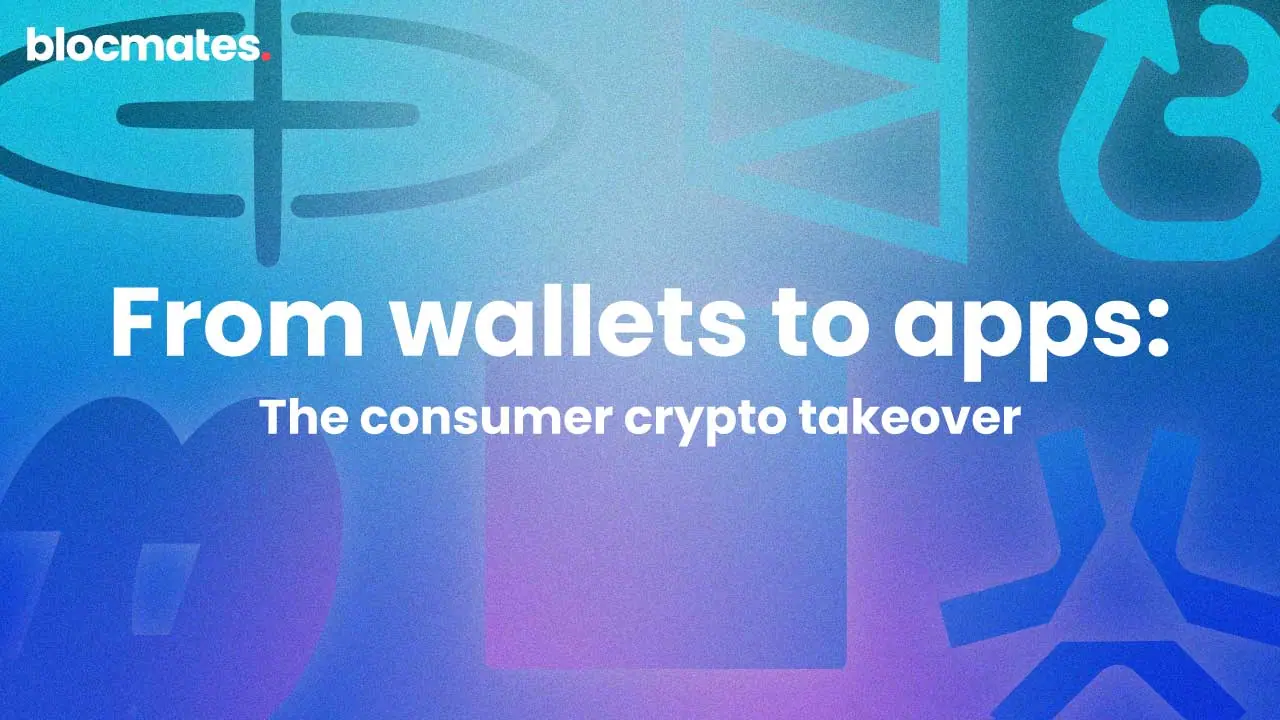


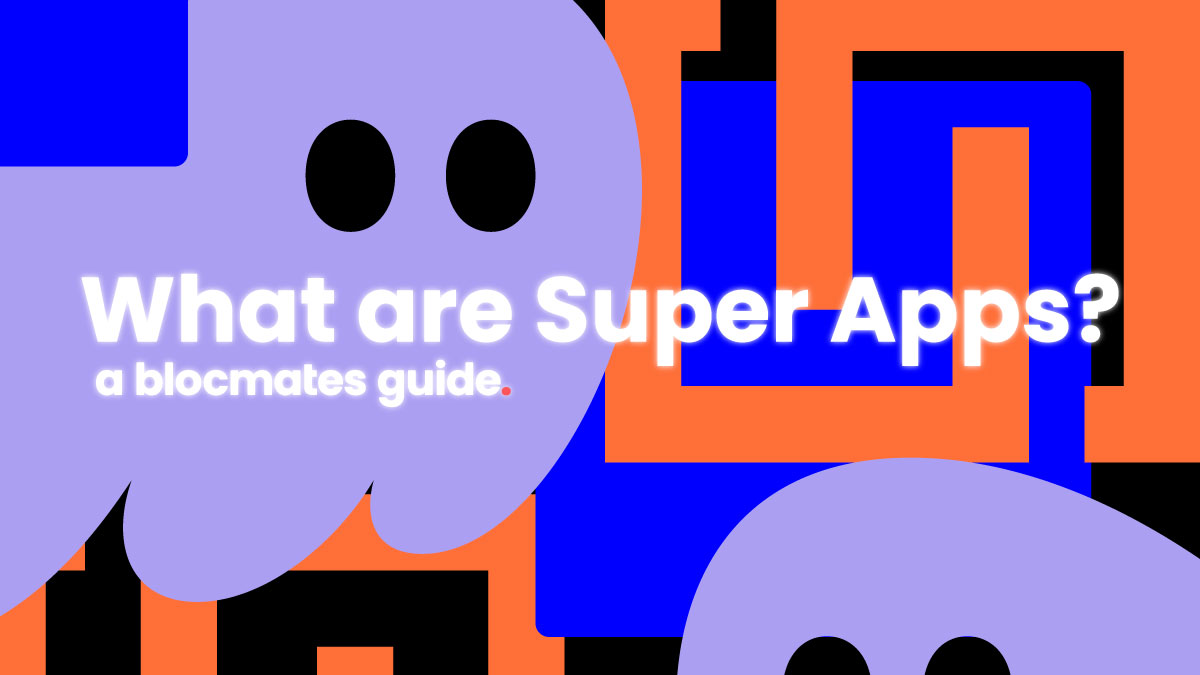
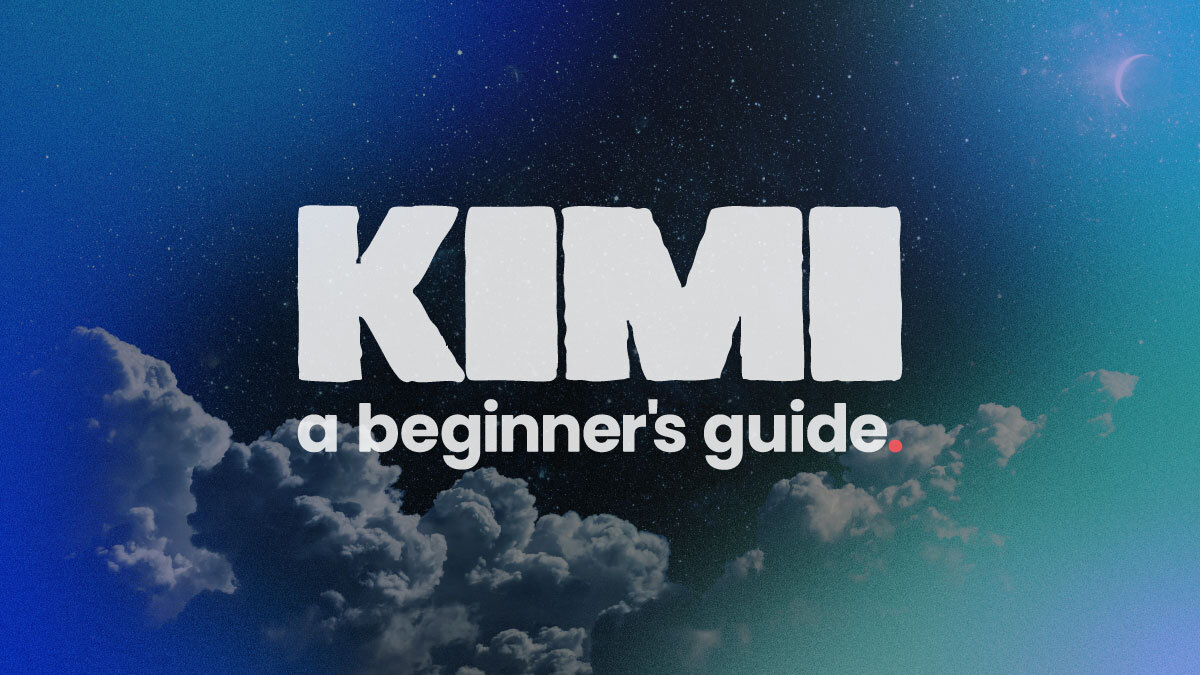
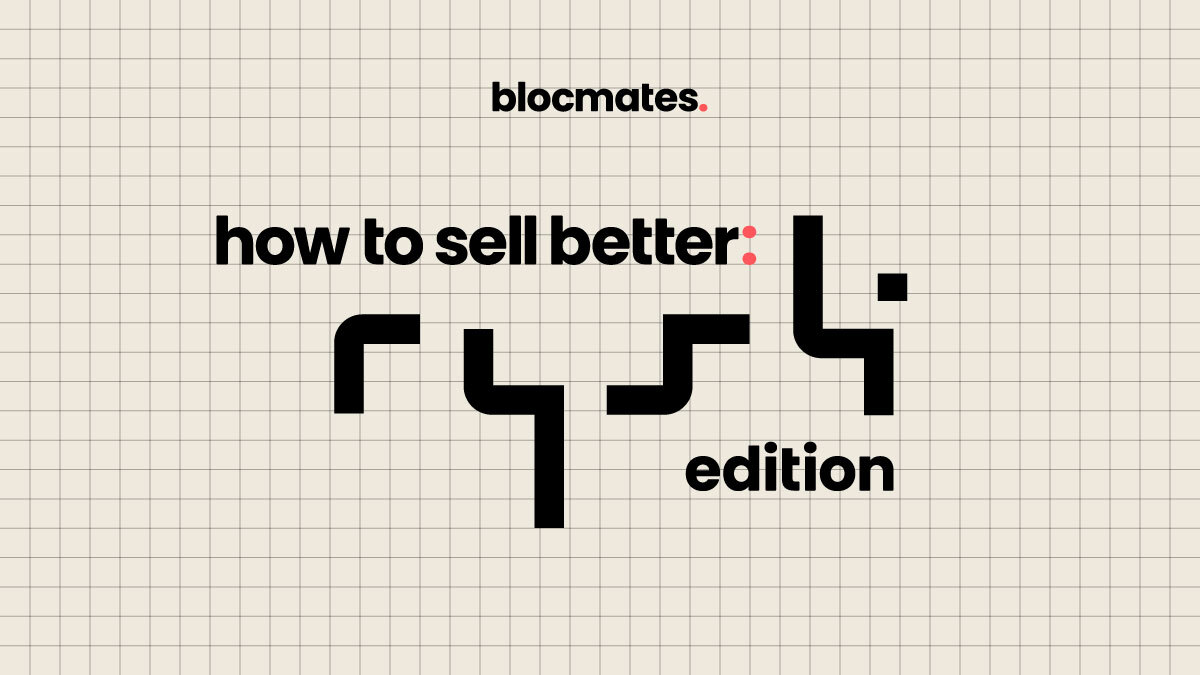
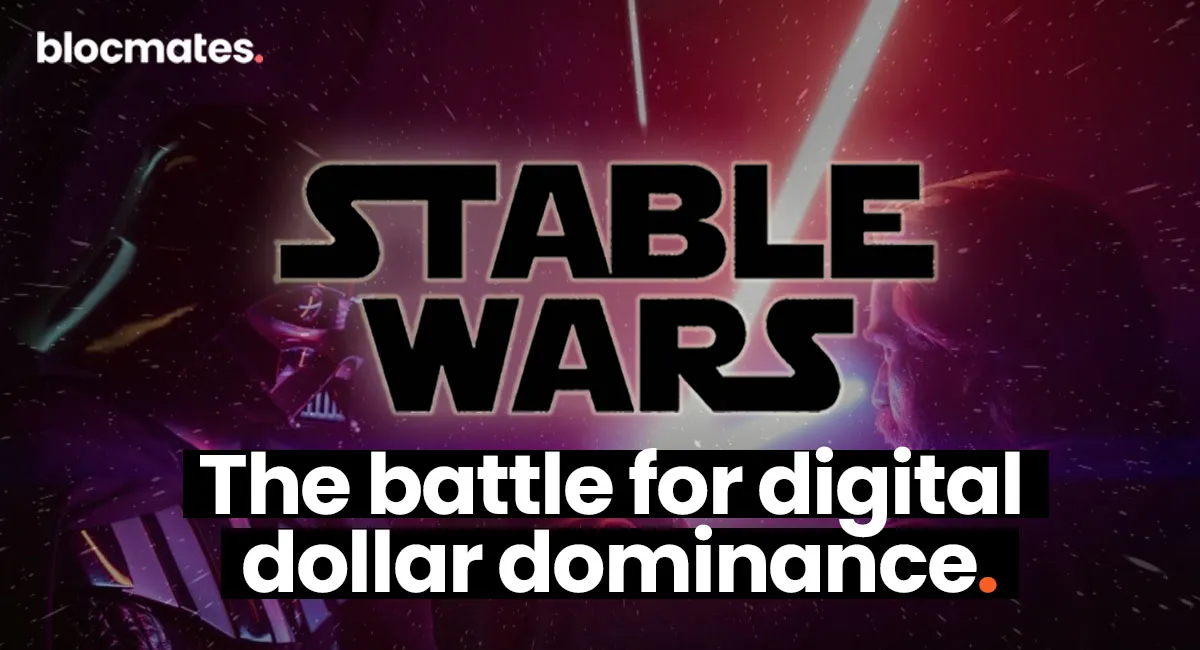

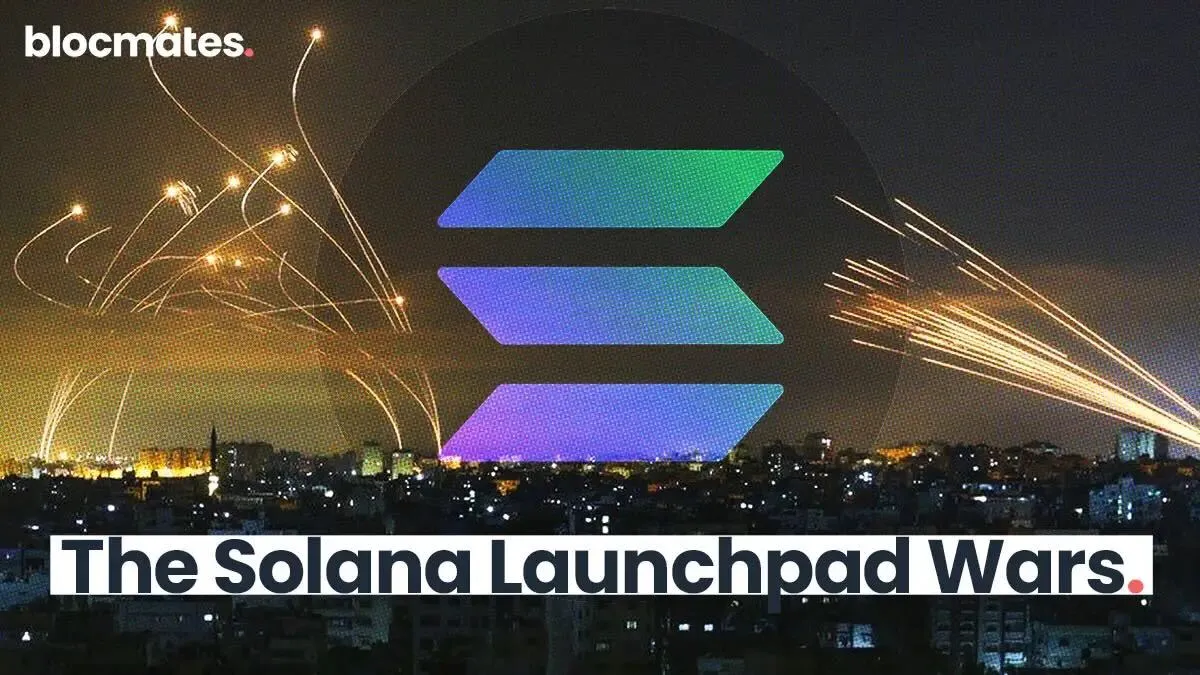




















%202.webp)


.webp)

.webp)
.webp)
.webp)



.webp)

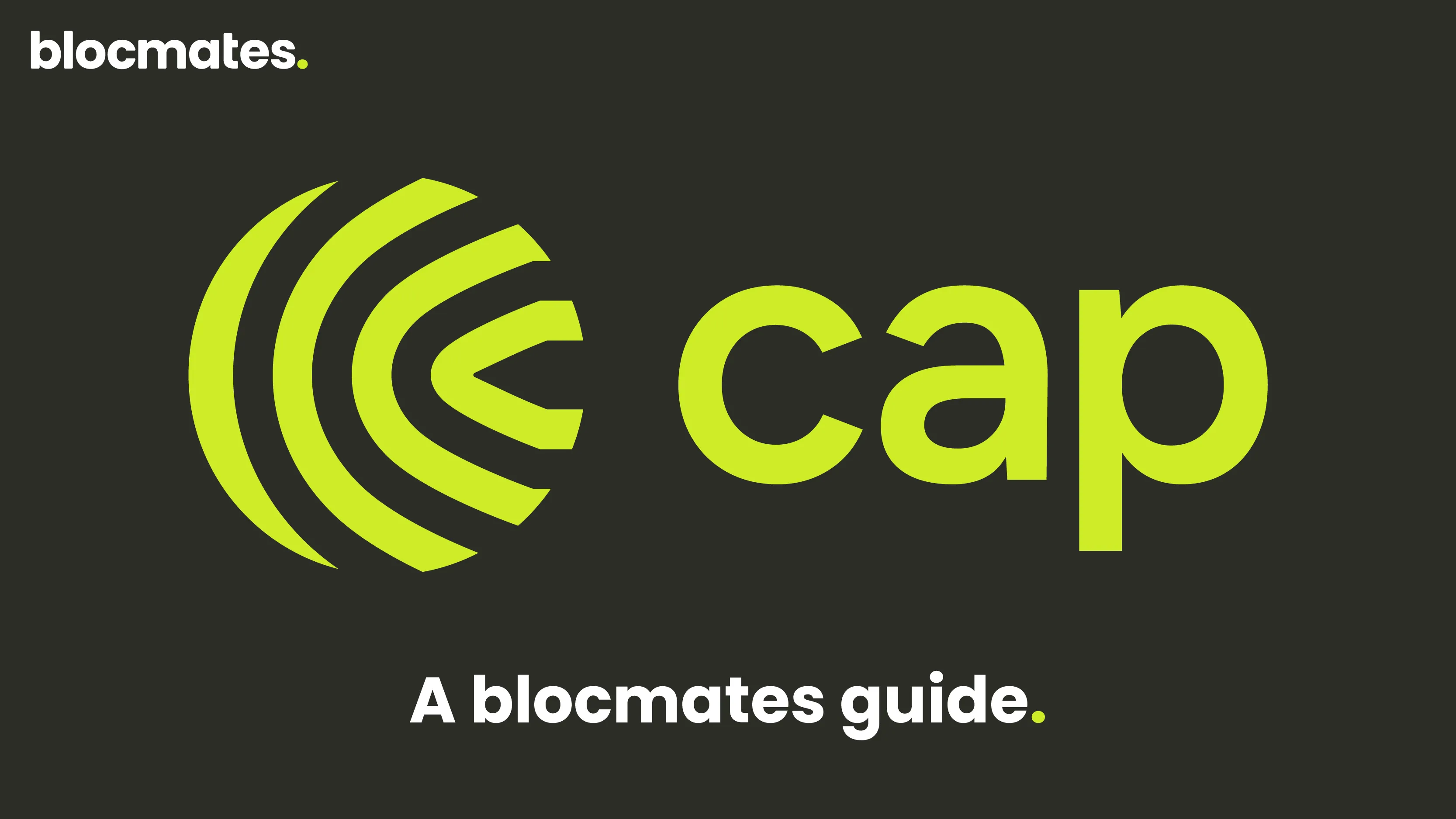










%20the%20Next%20Big%20Unlock%20in%20AI.webp)




.webp)
.webp)

.webp)
.webp)
.webp)


.webp)
.webp)










.webp)


.webp)









.webp)







.webp)
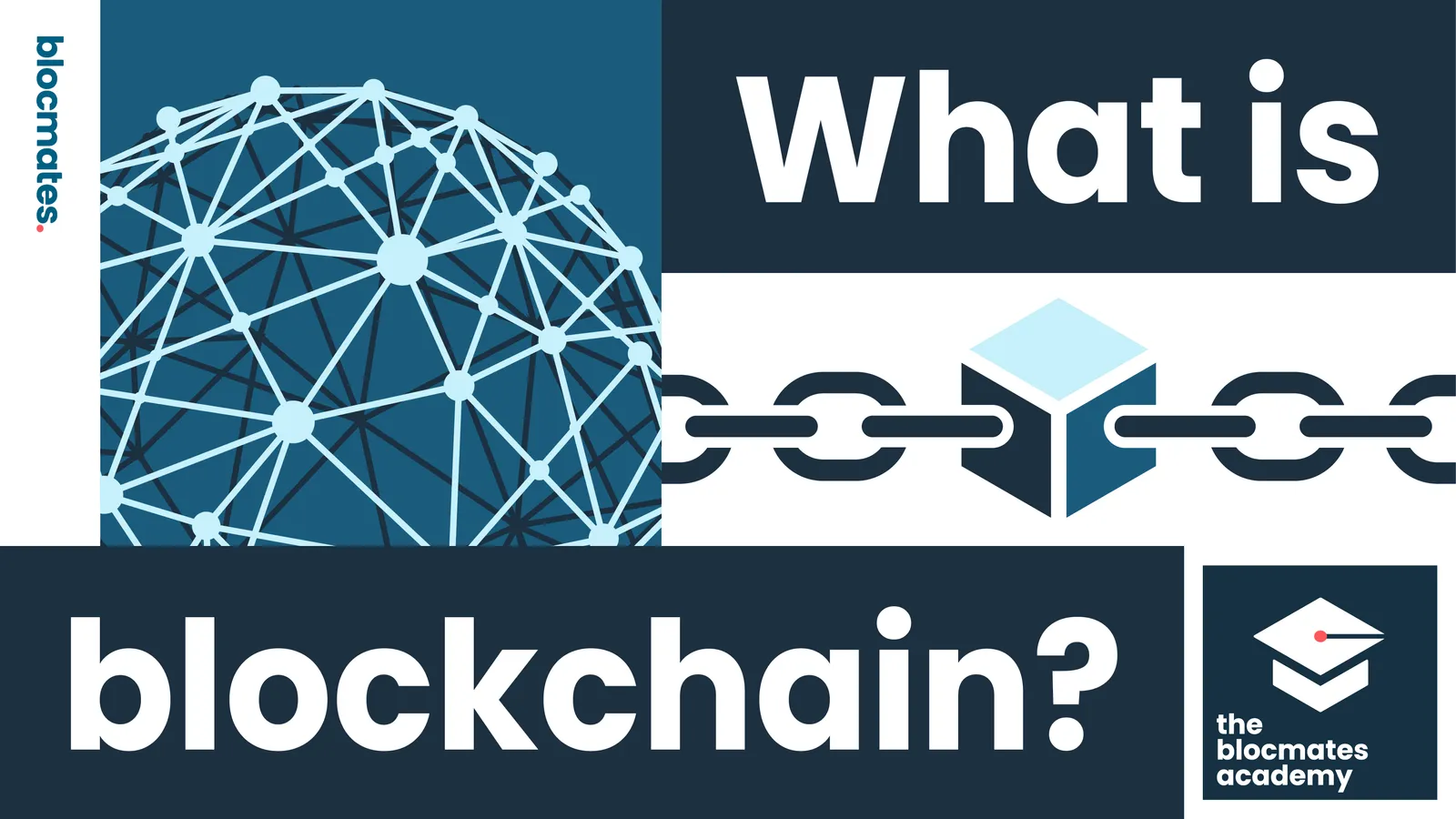



.webp)






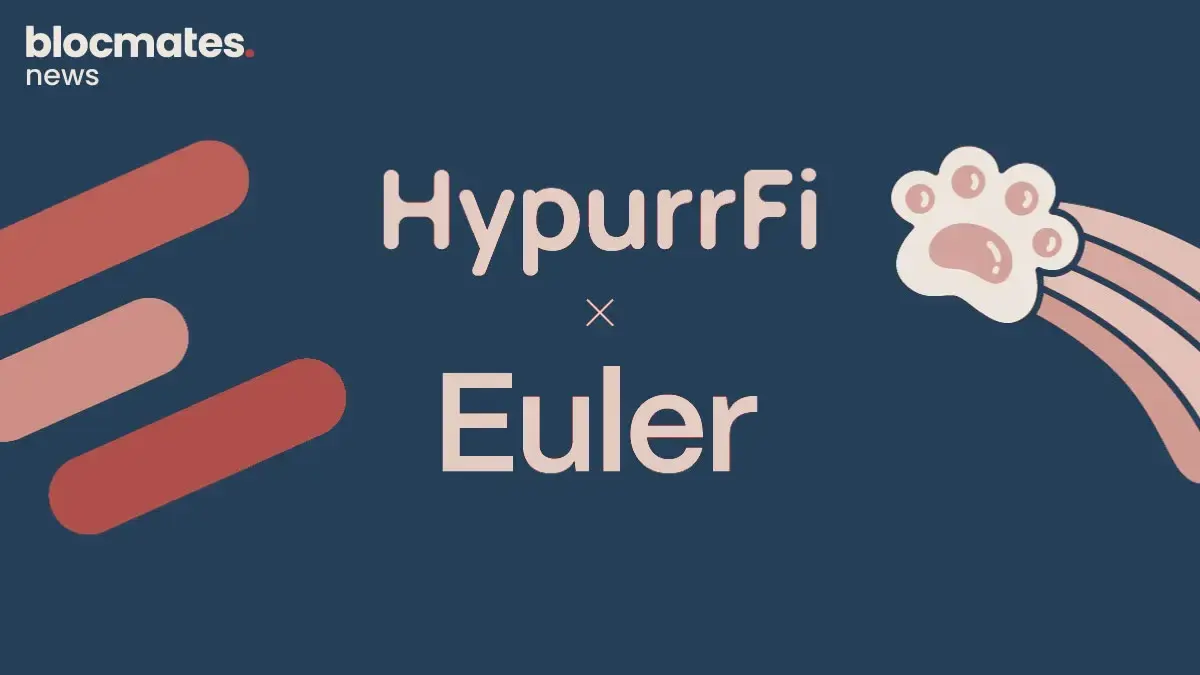







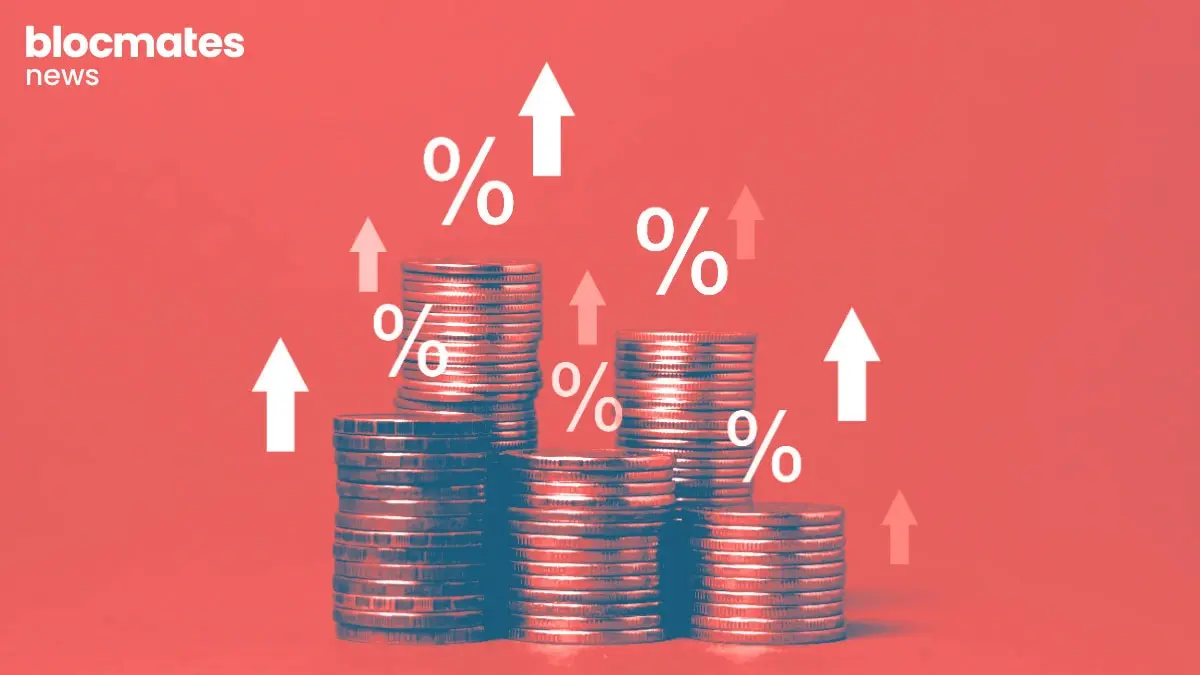

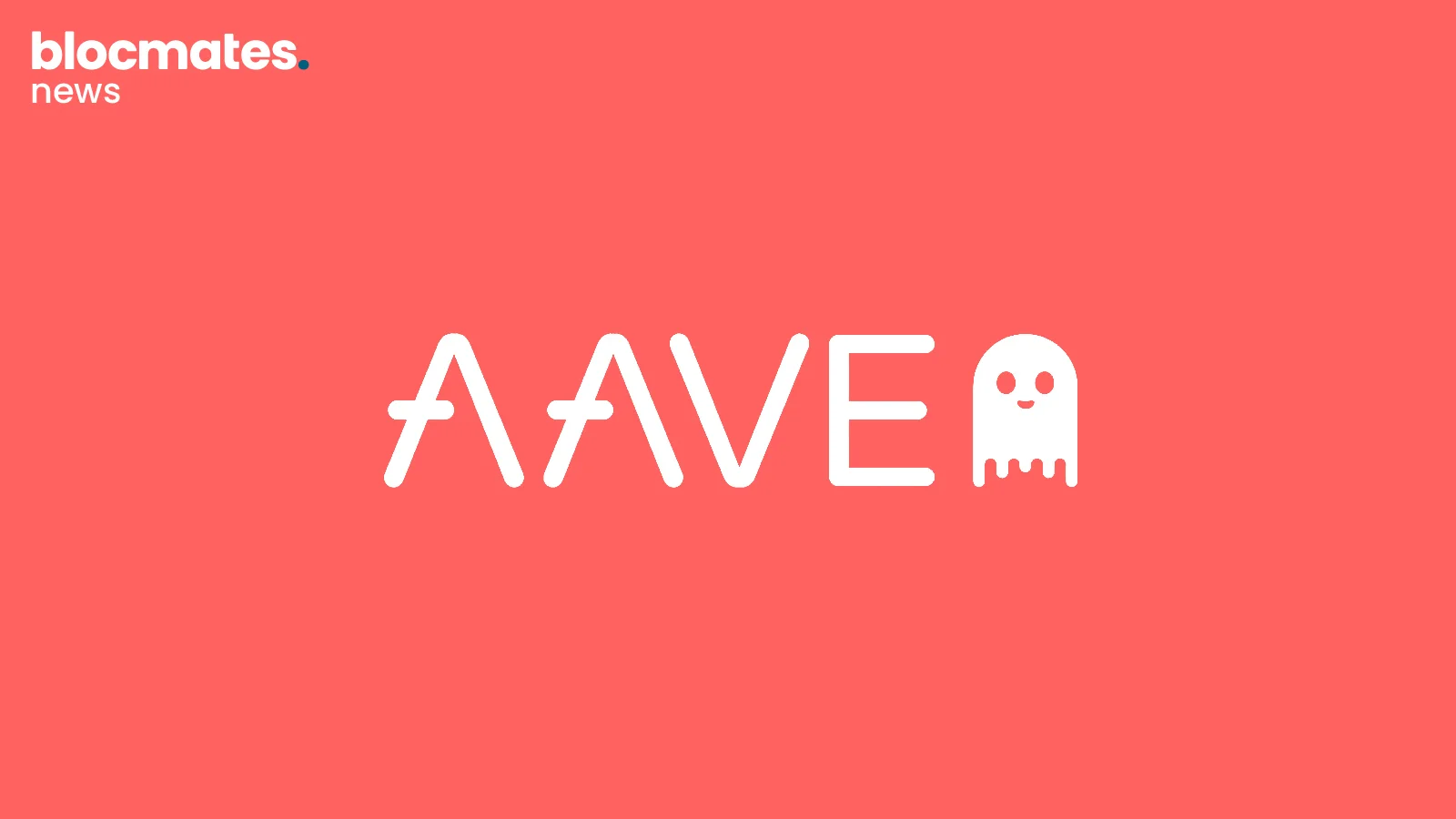
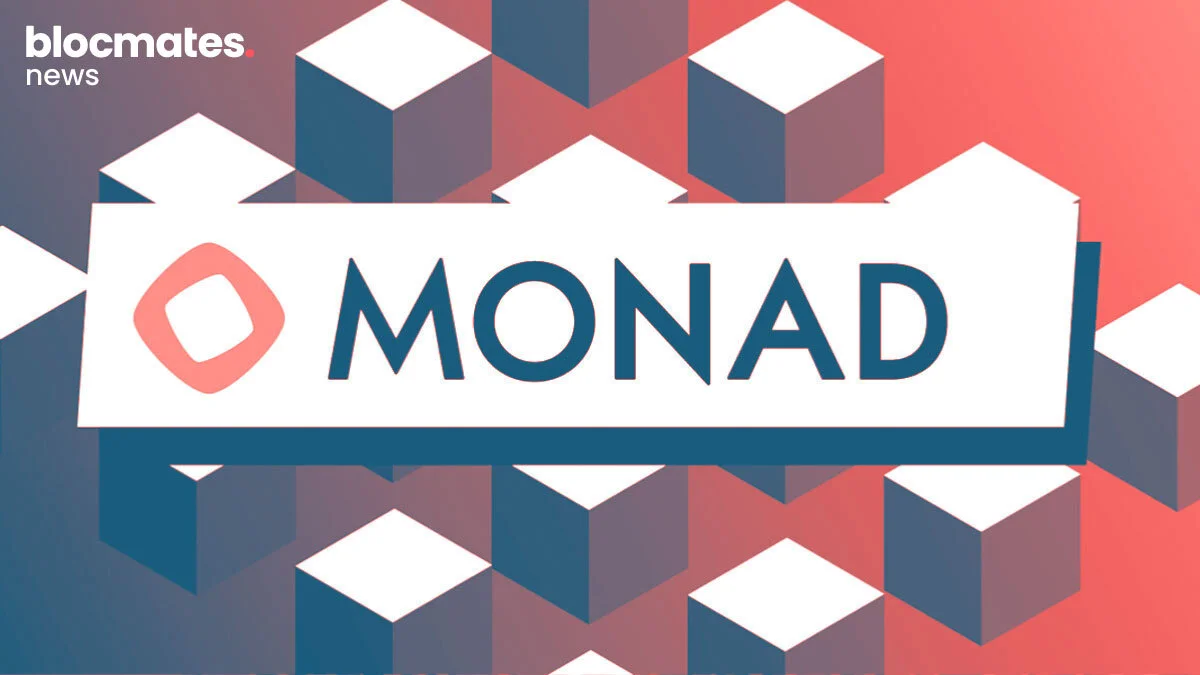
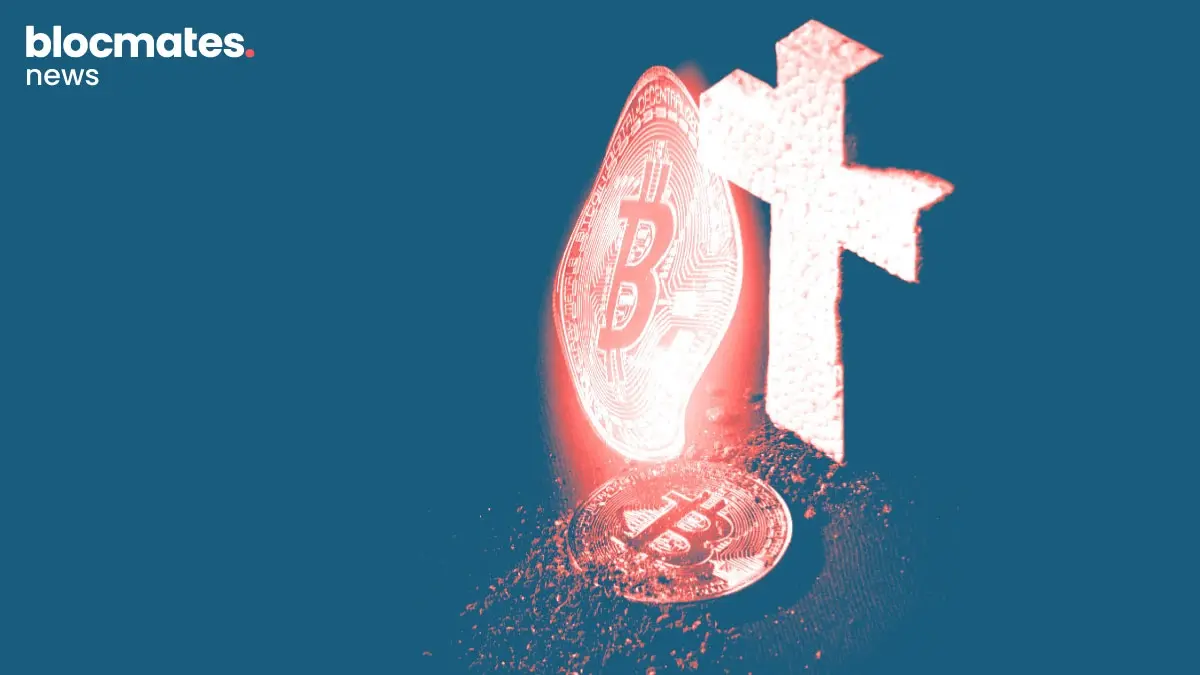







.webp)
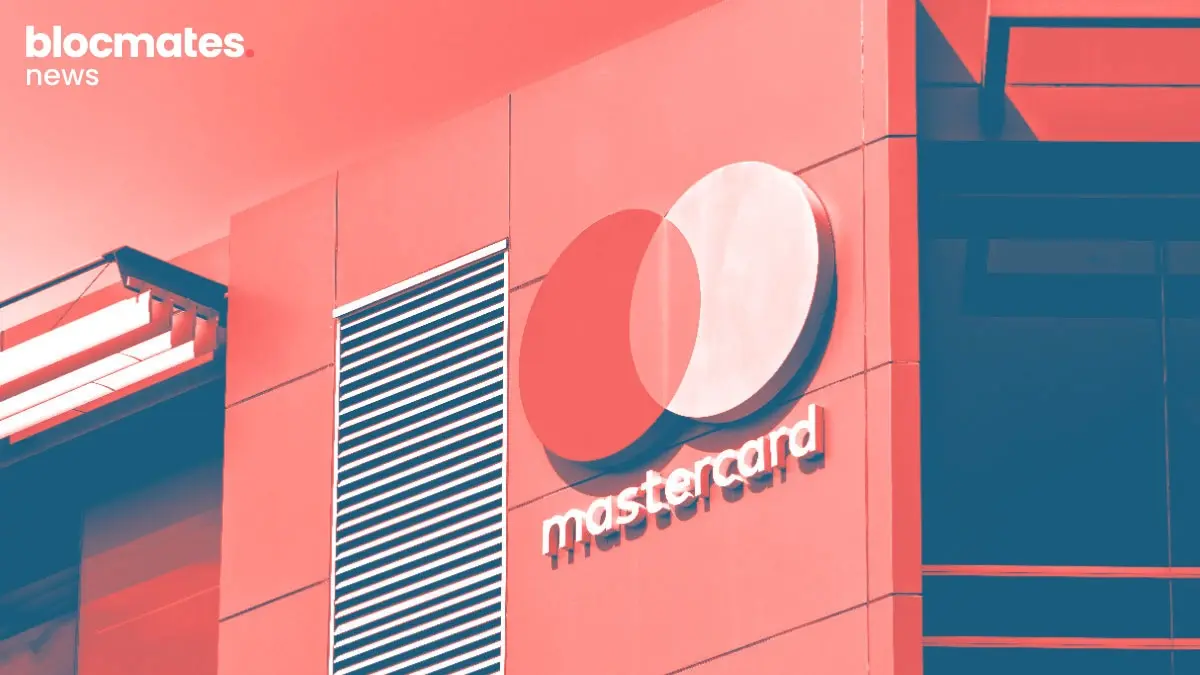






.webp)


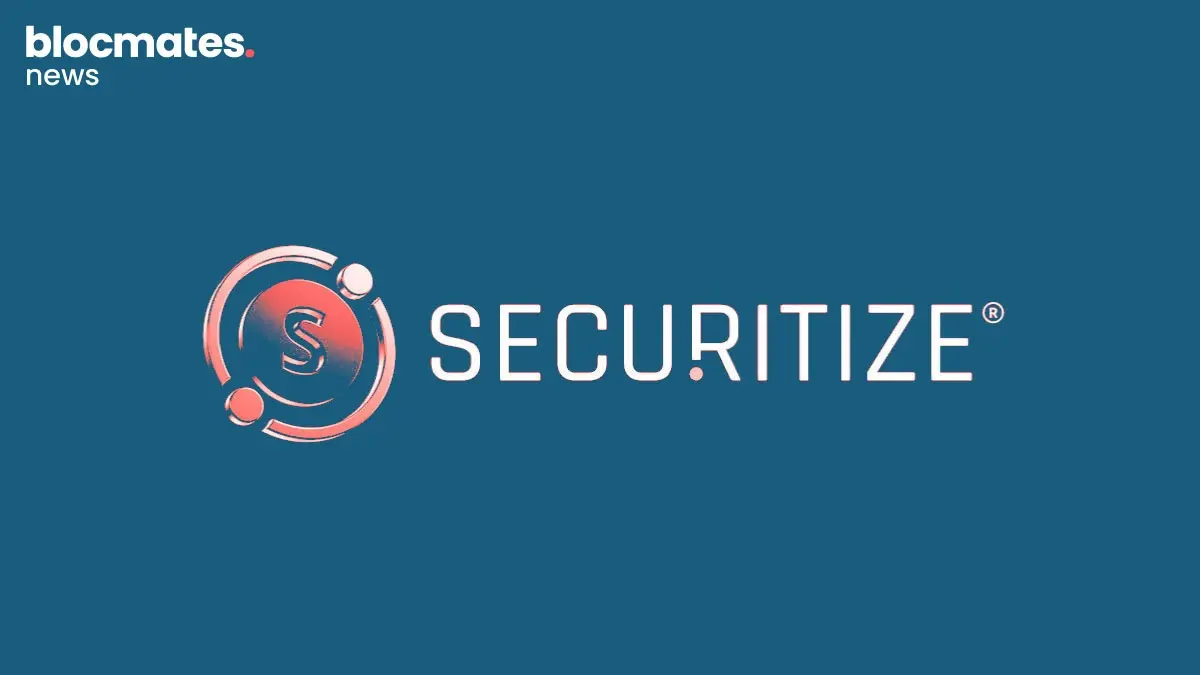

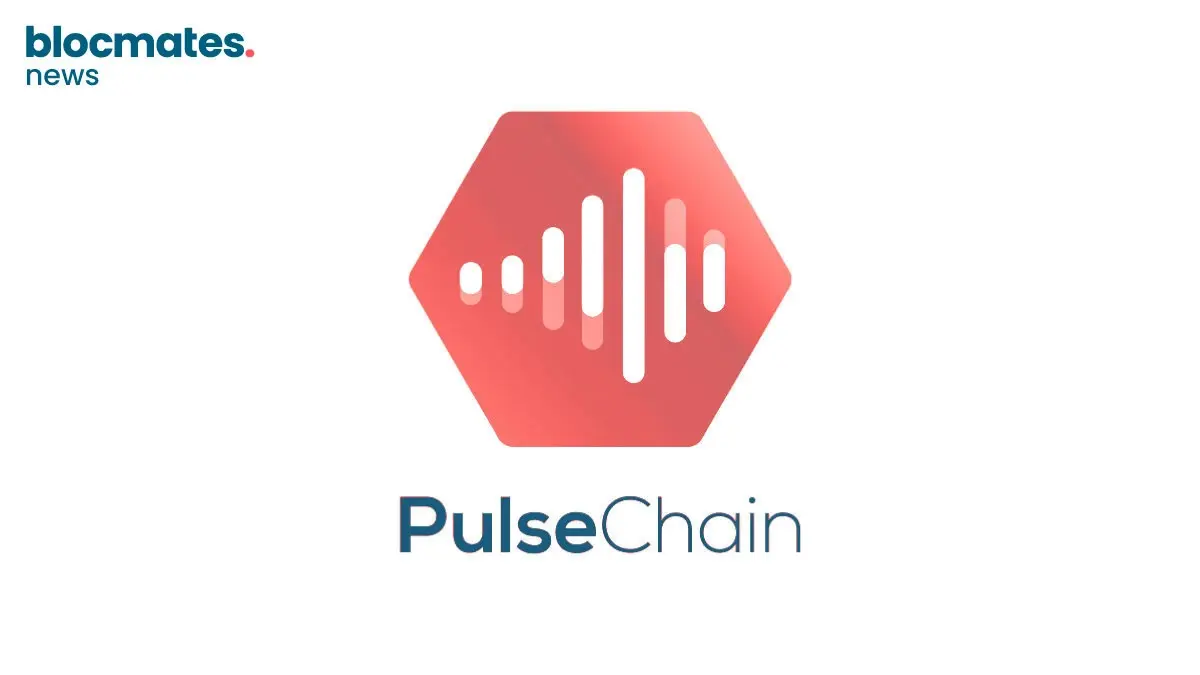
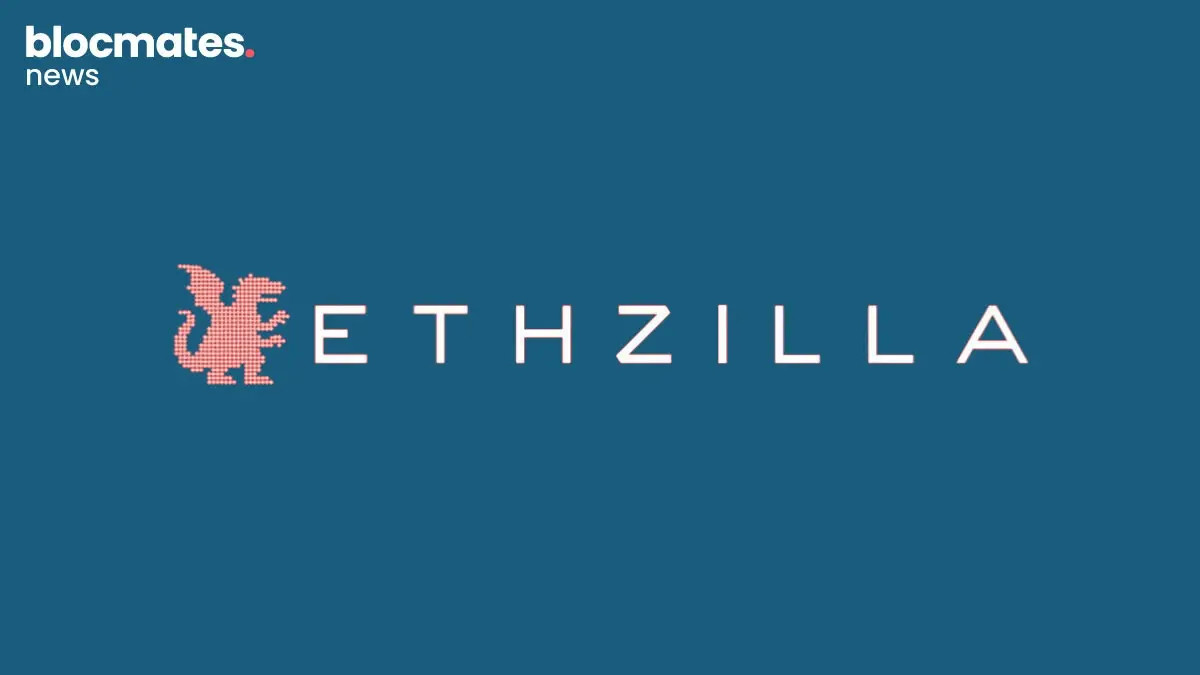
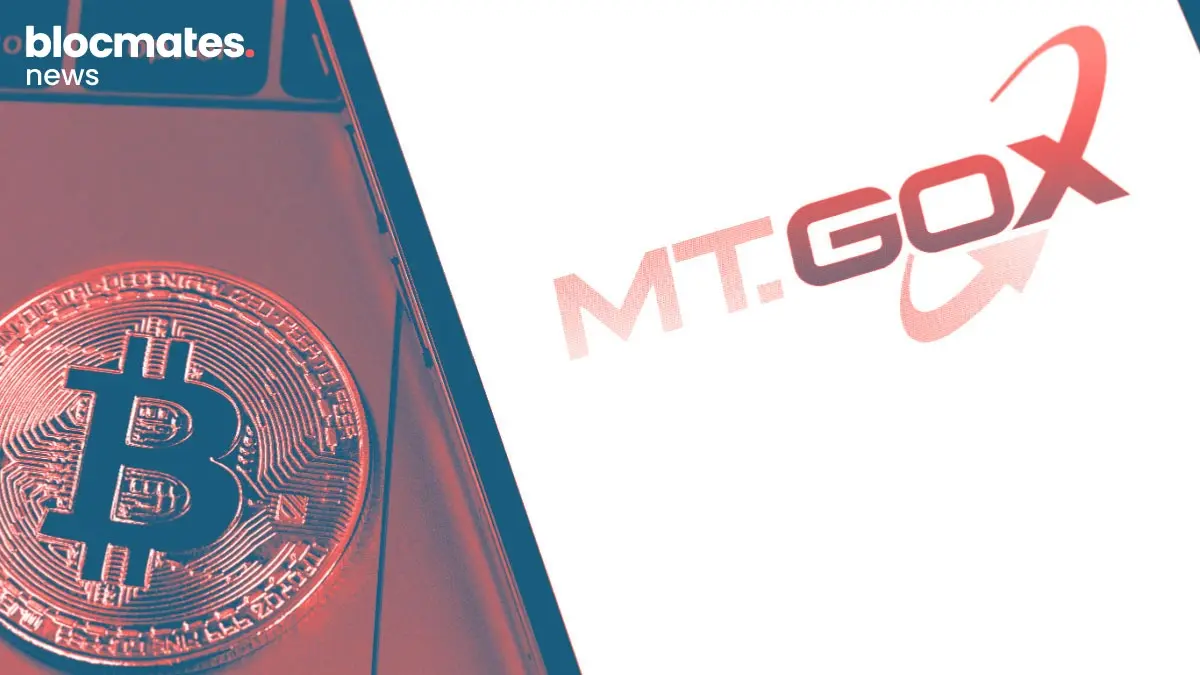
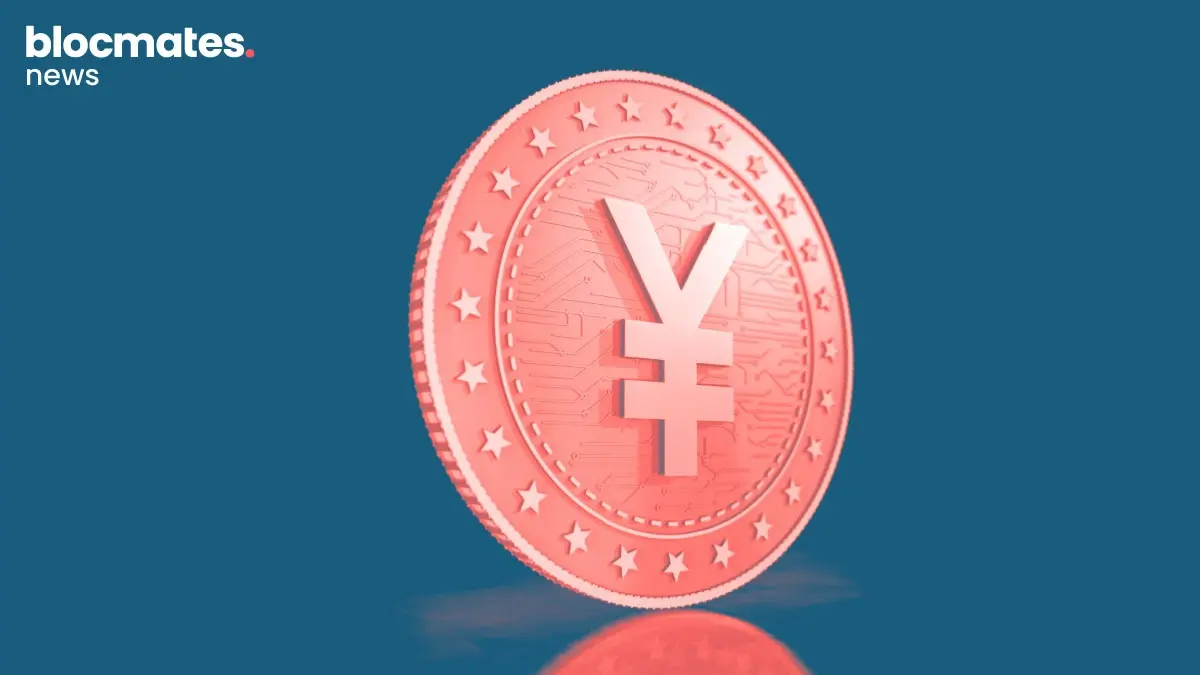
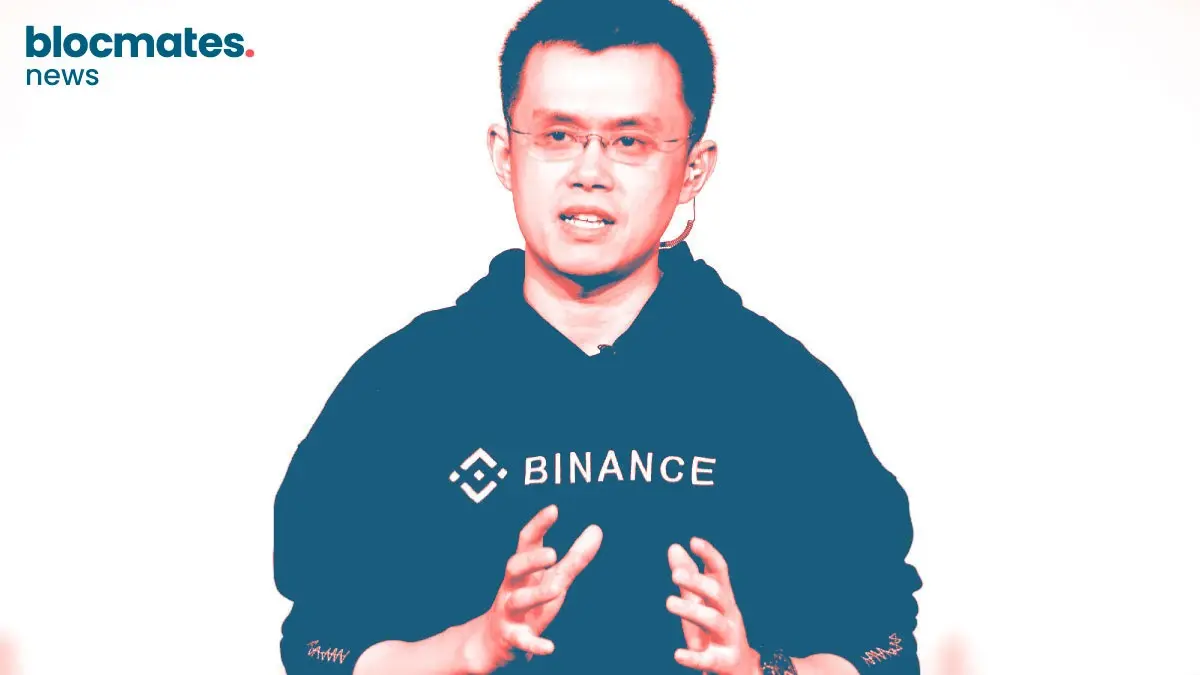


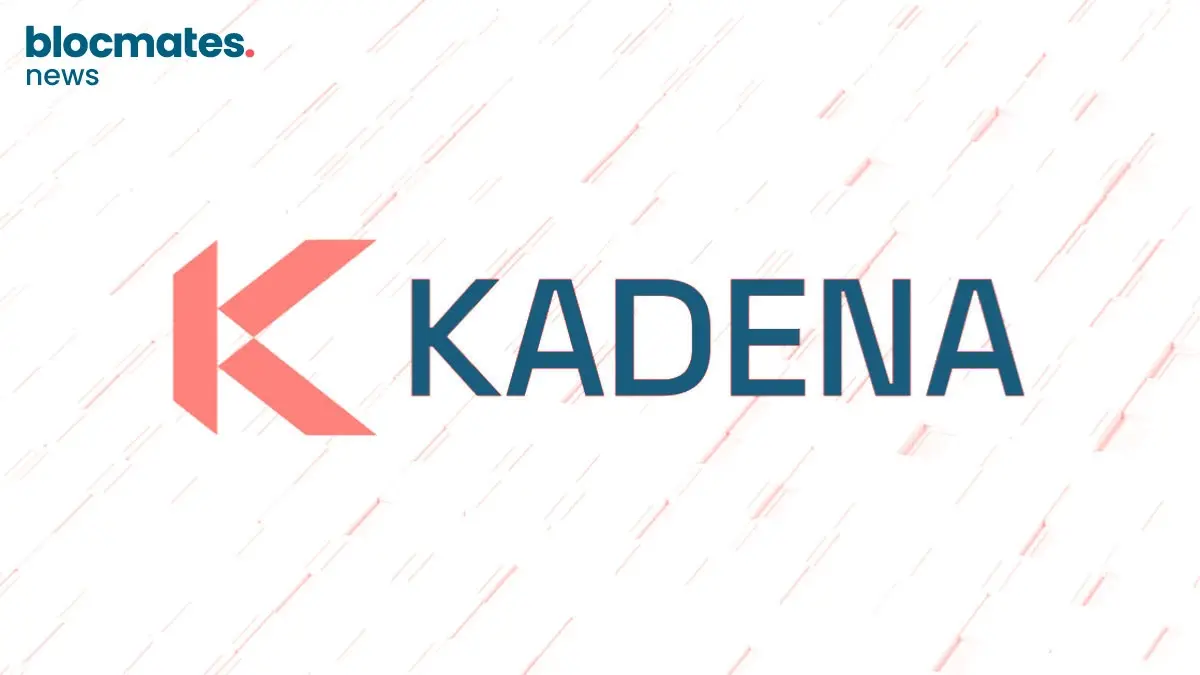

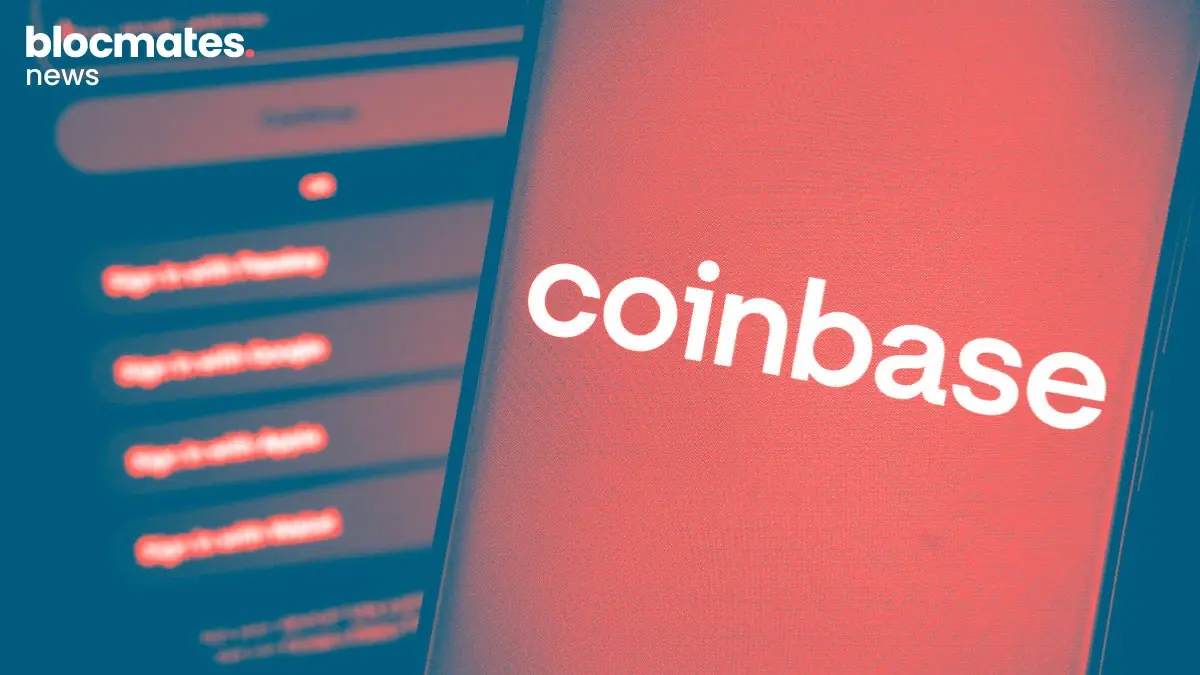
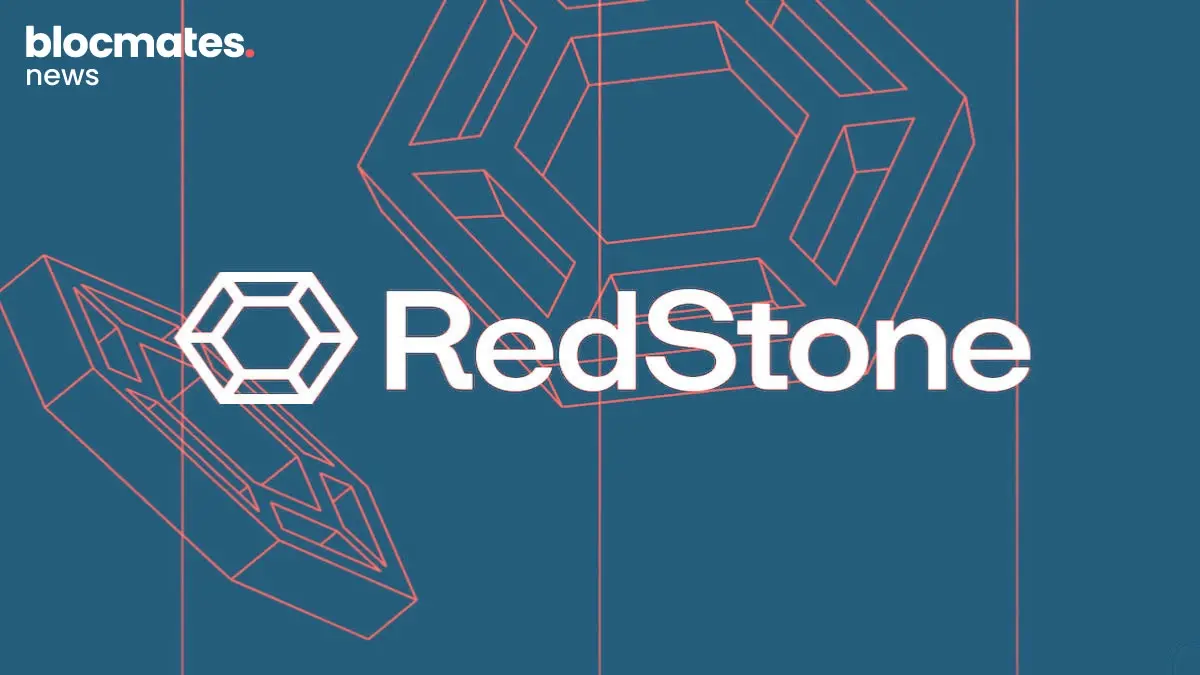
.webp)
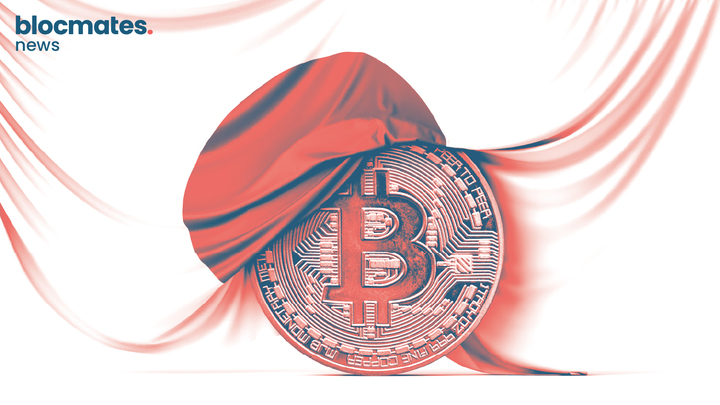
.webp)
.webp)

.webp)


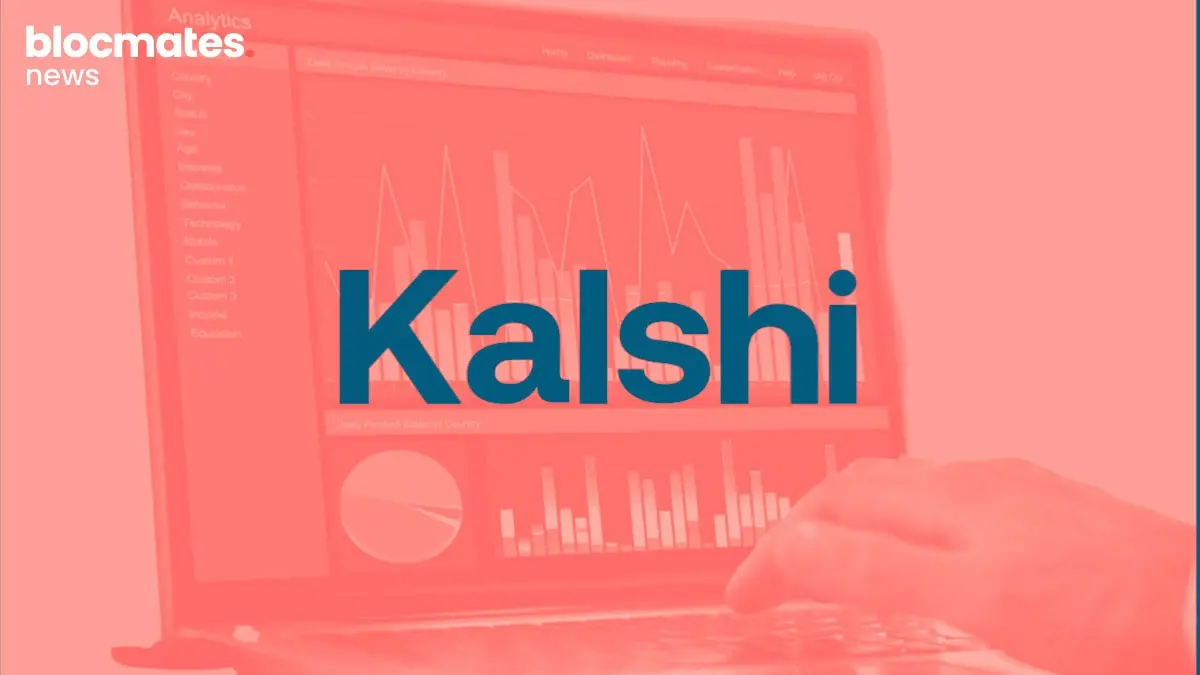
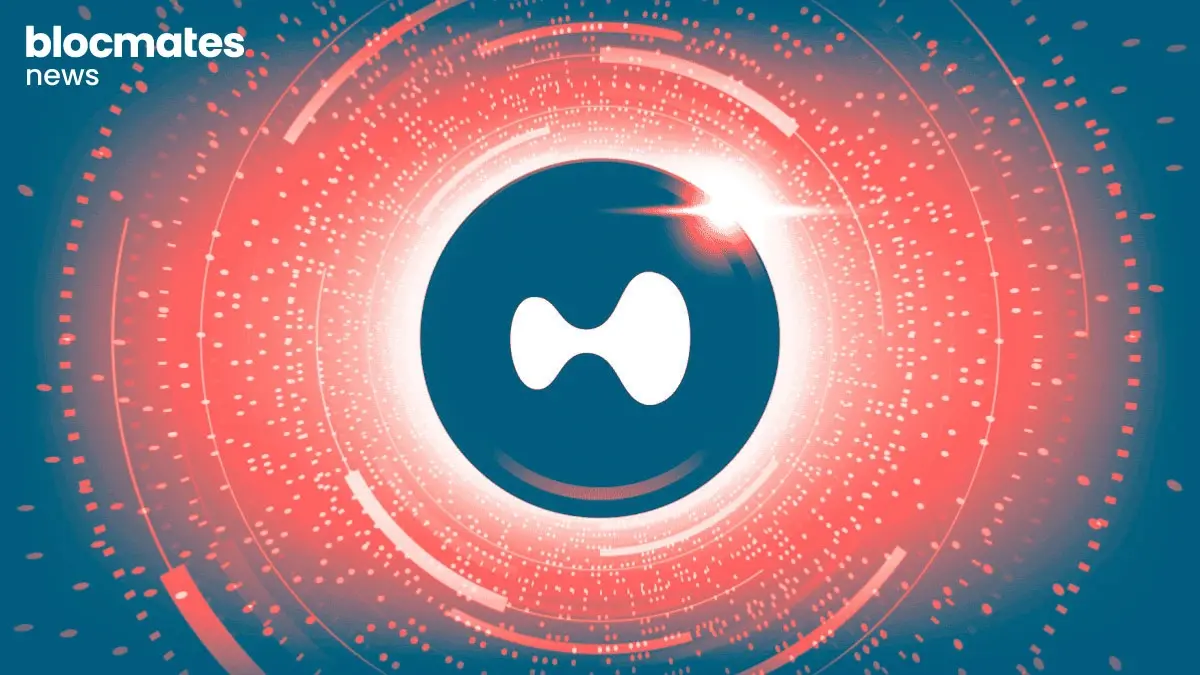




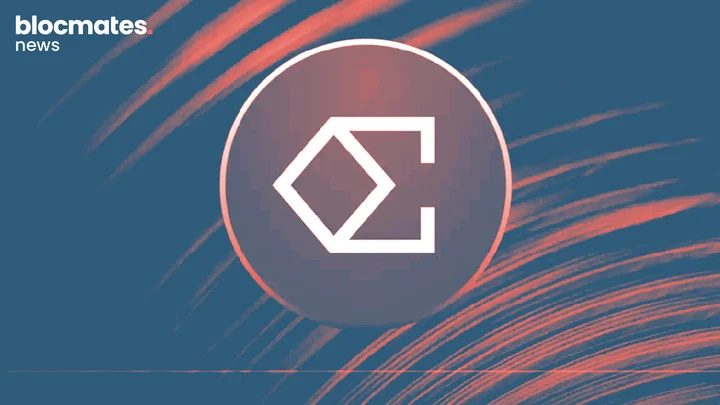


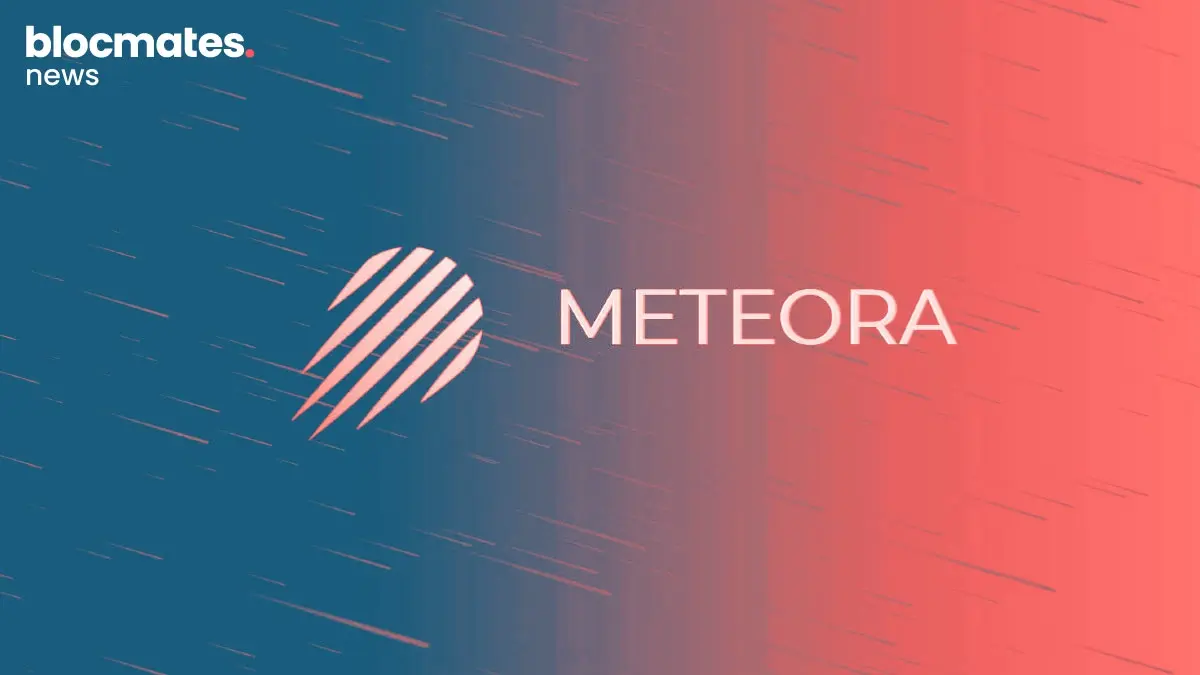
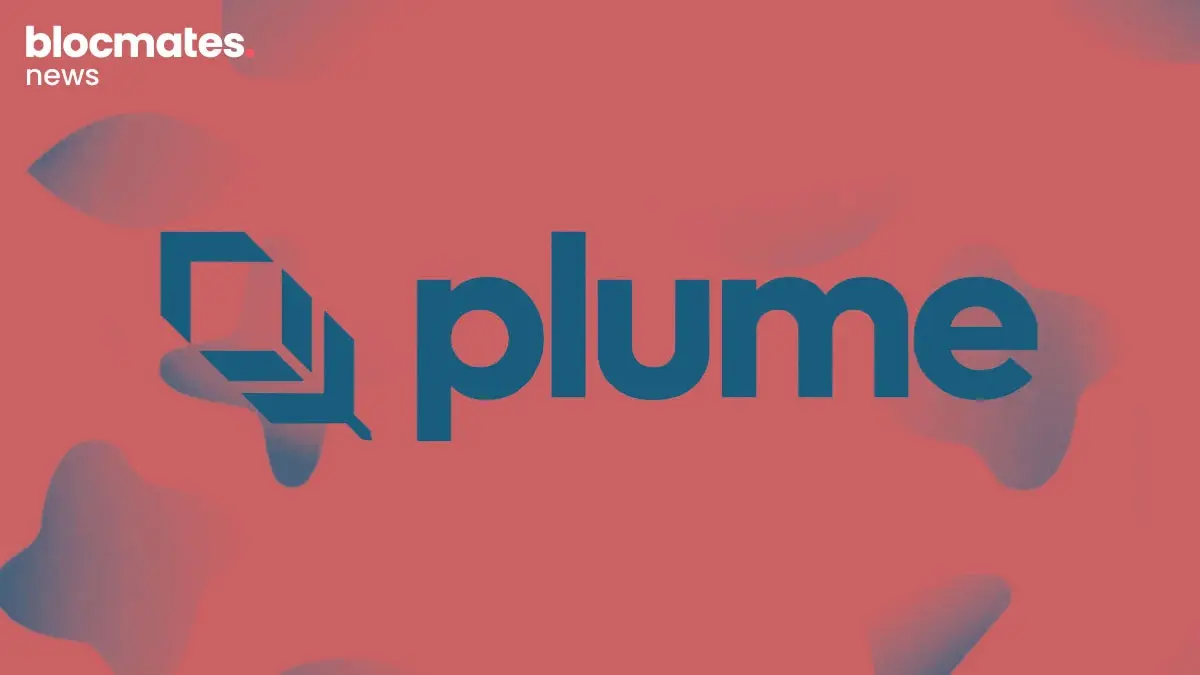

.webp)

.webp)

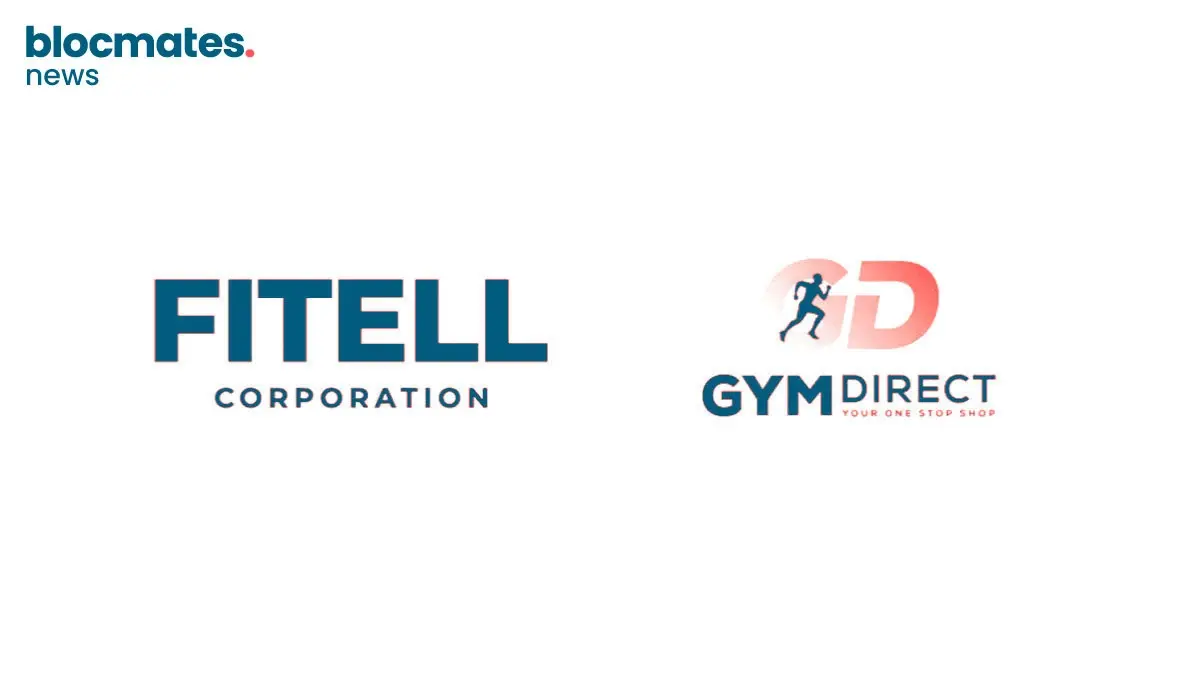
.webp)

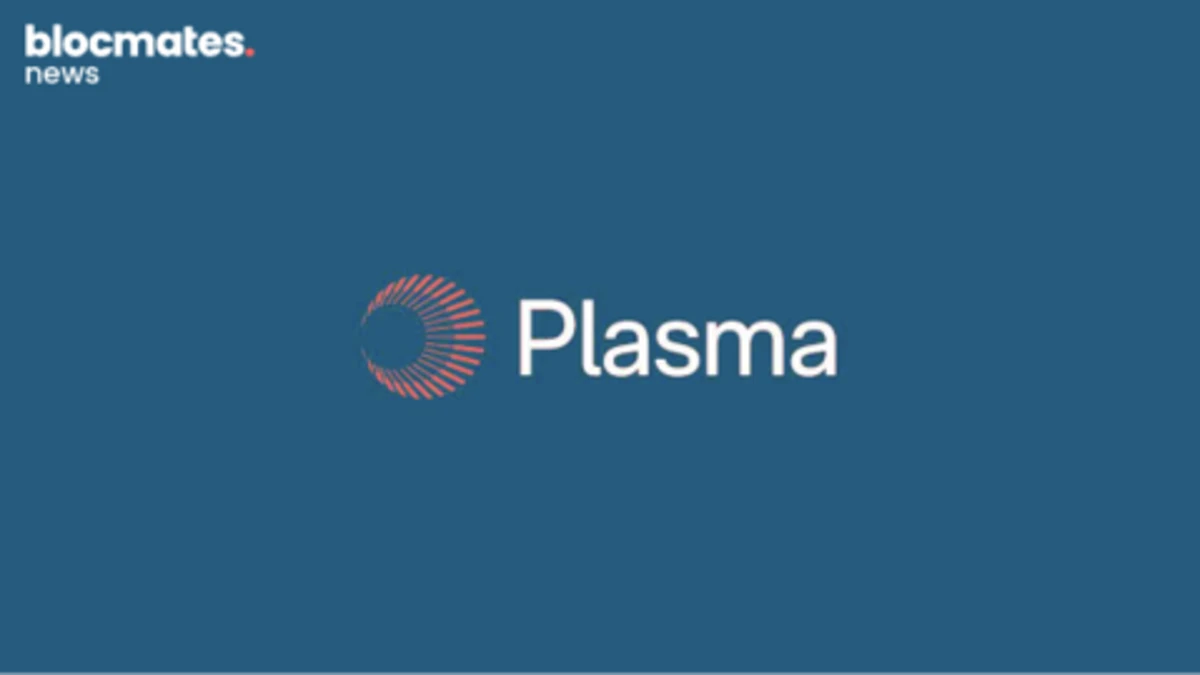

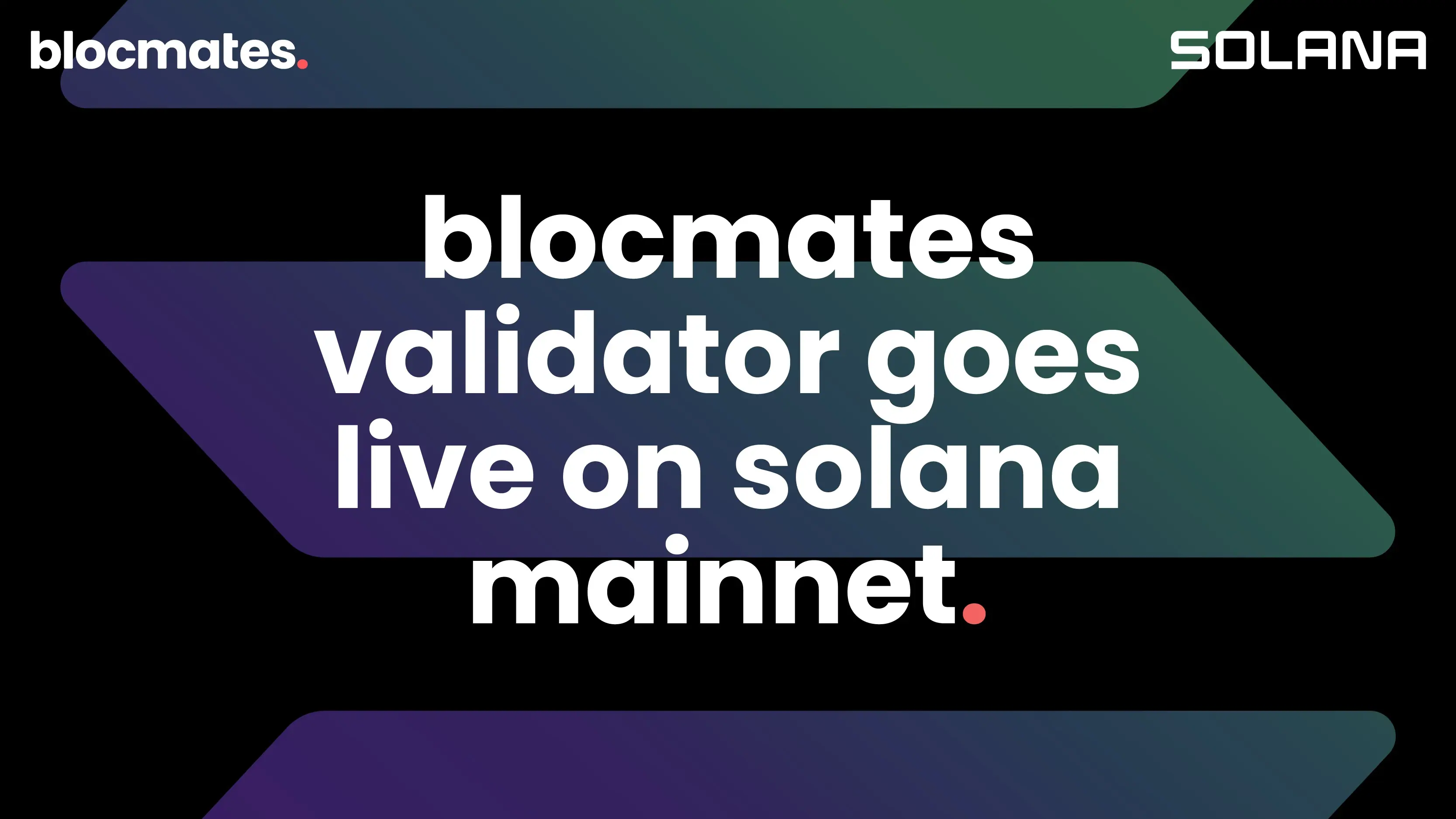
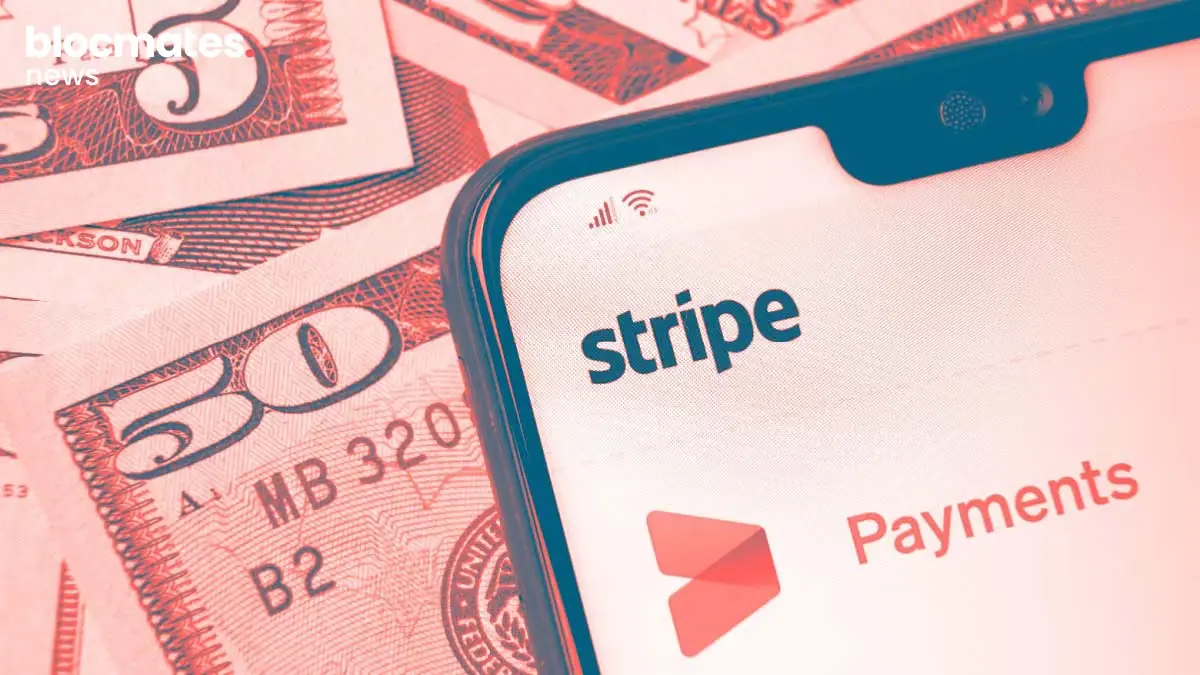



.webp)
